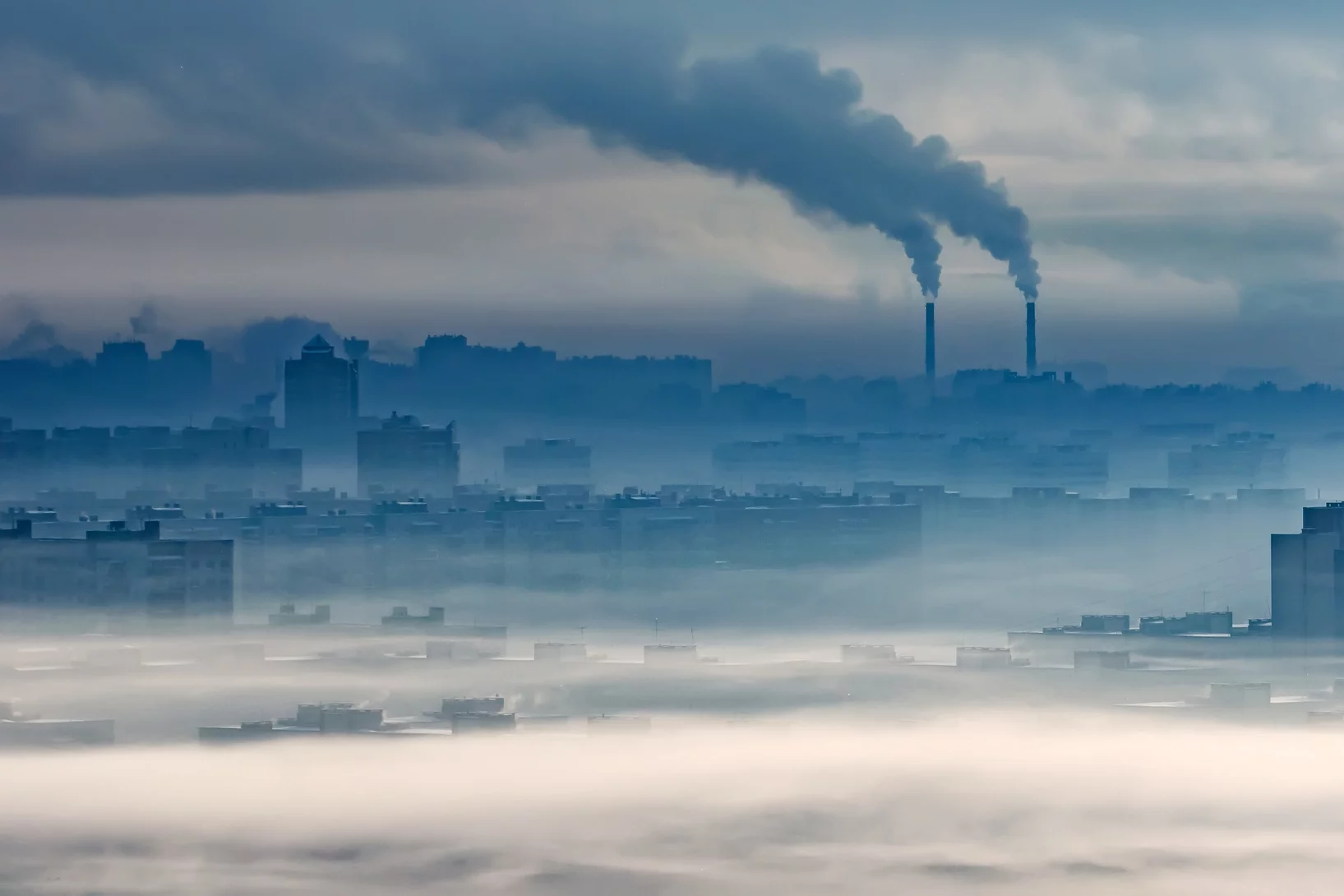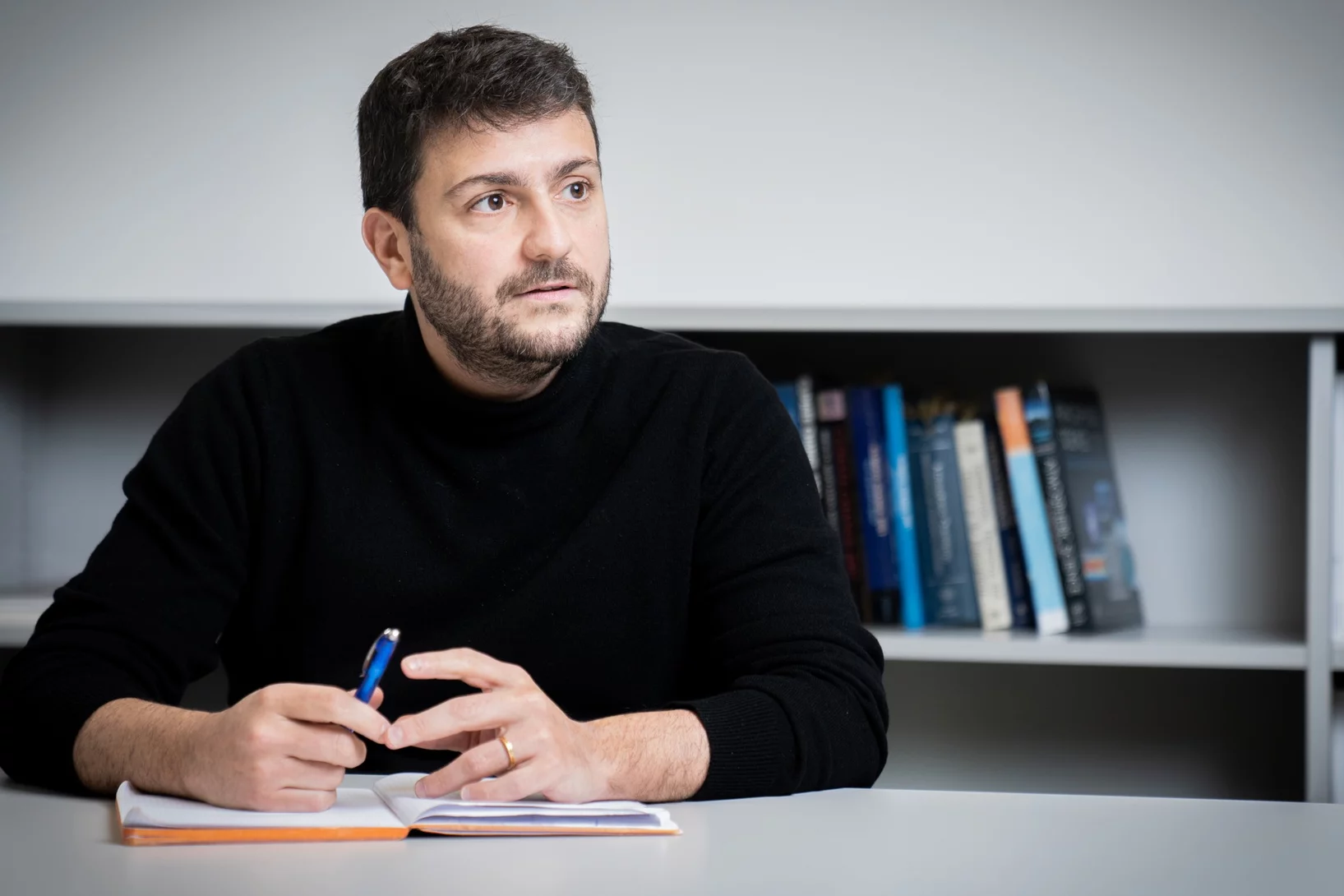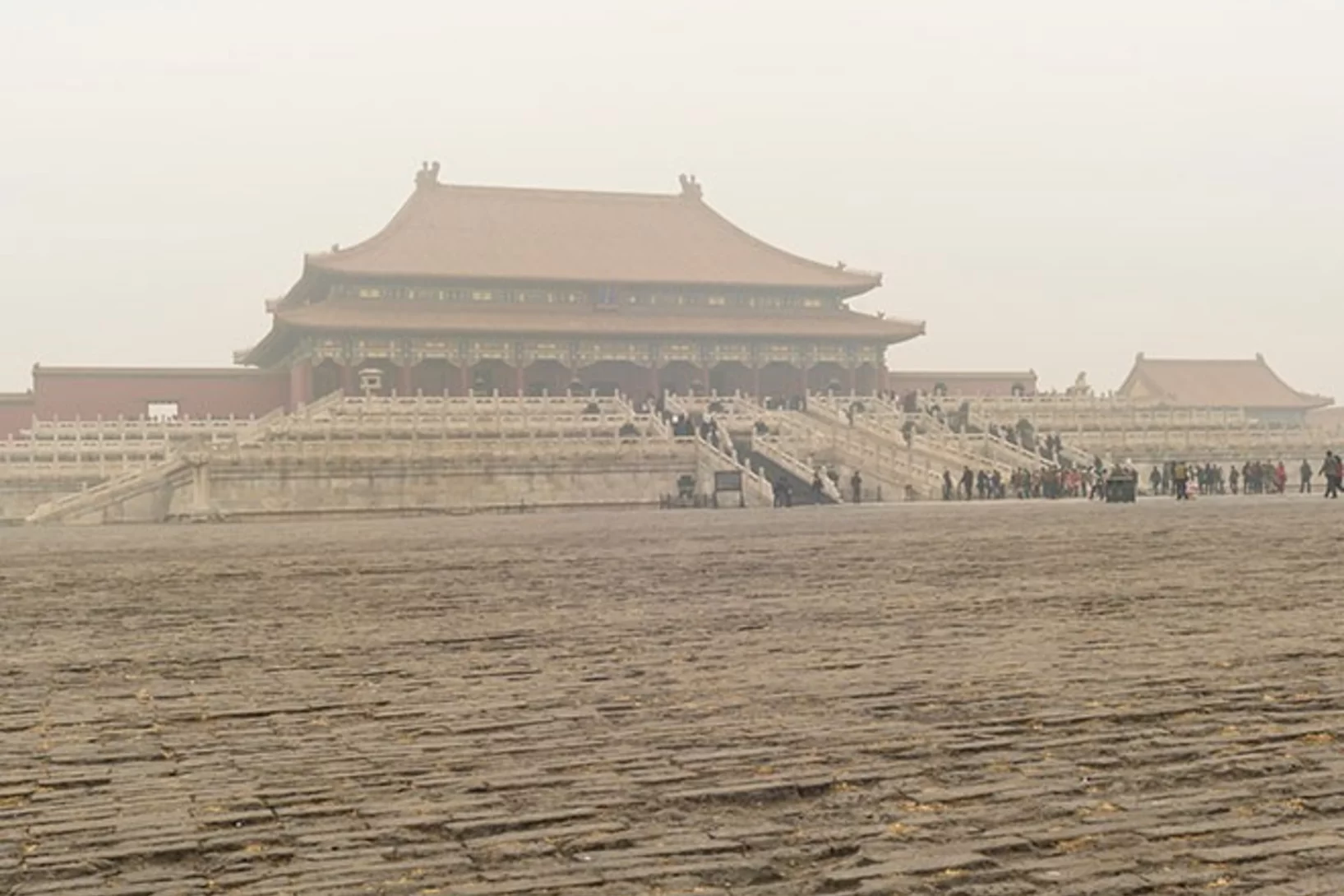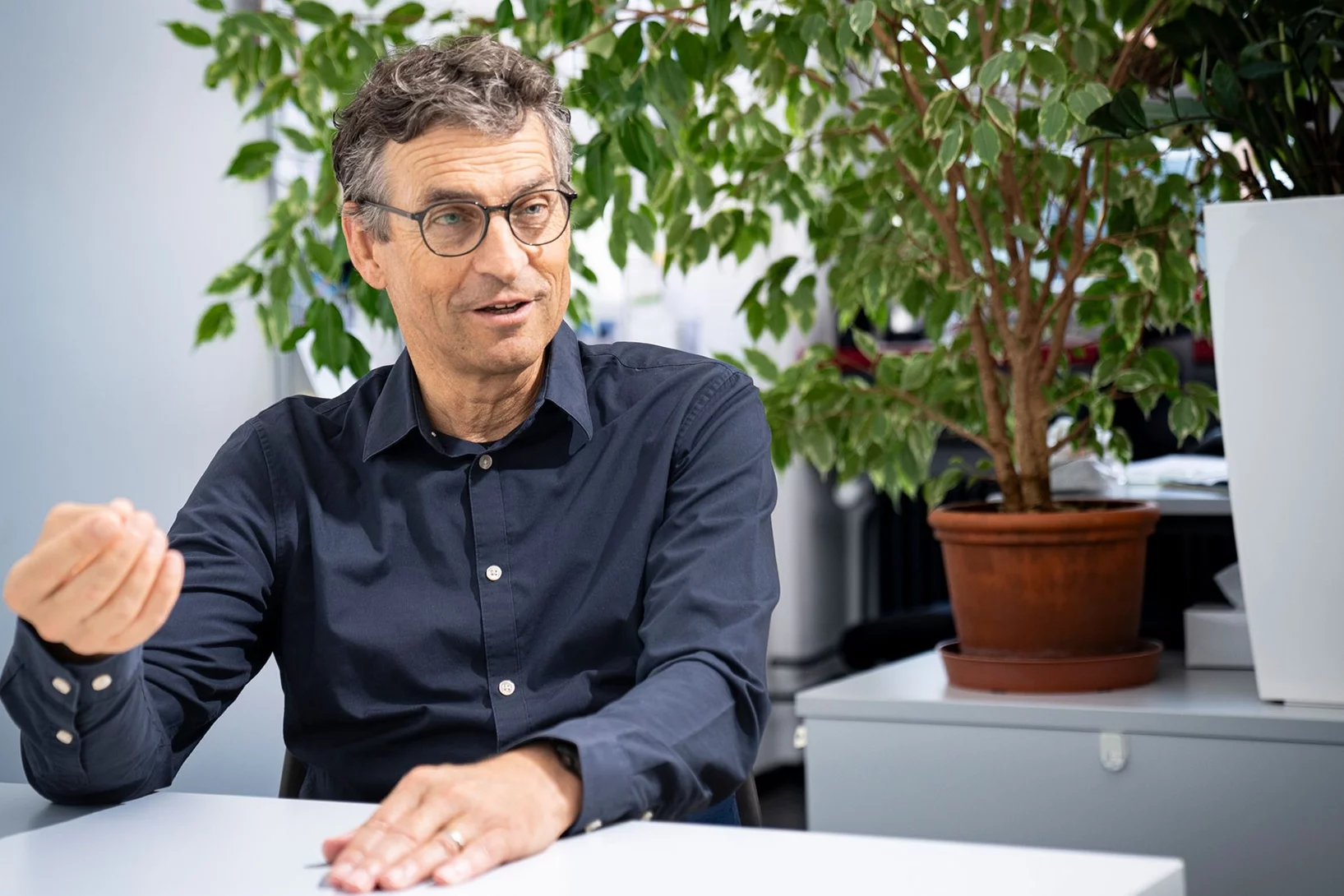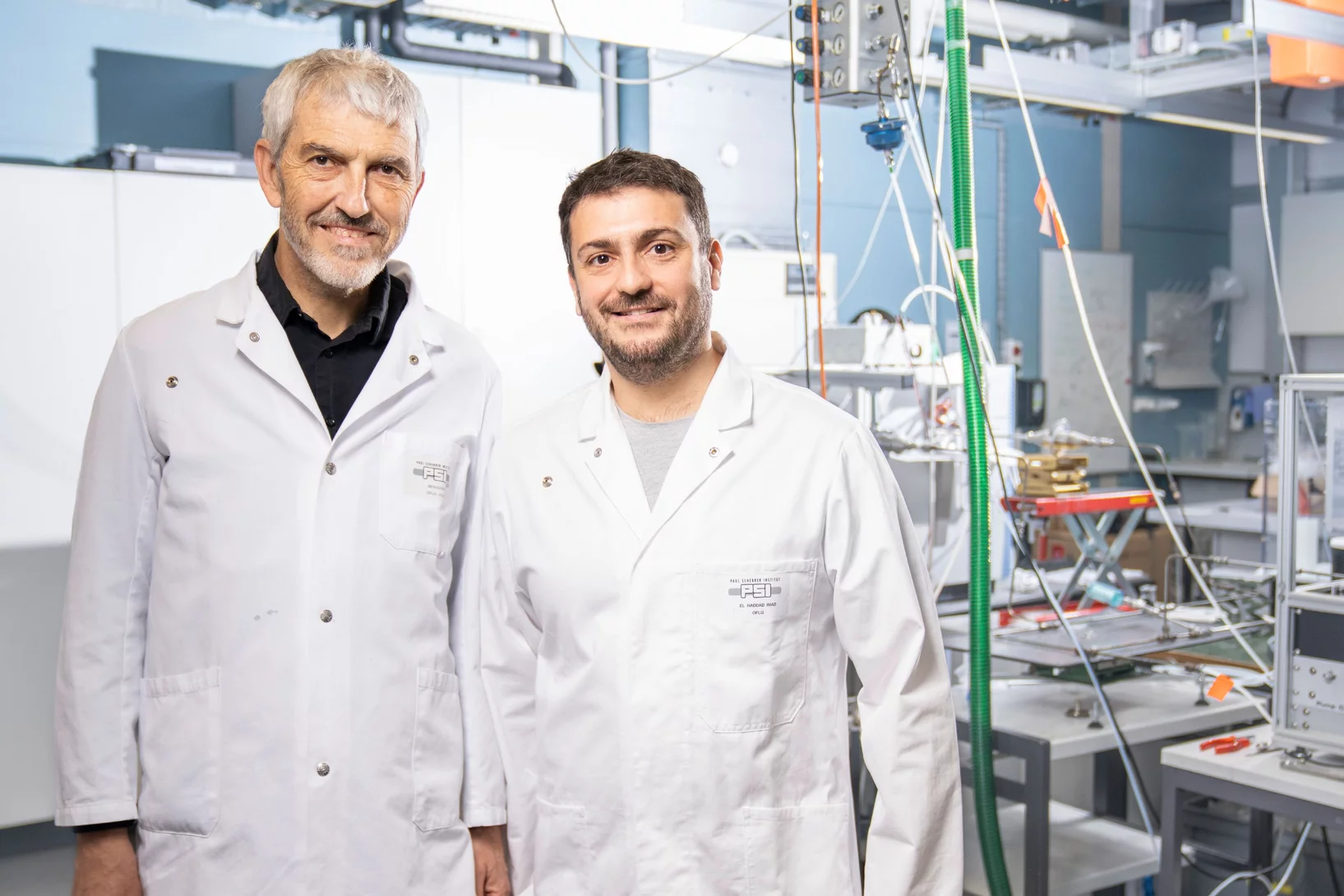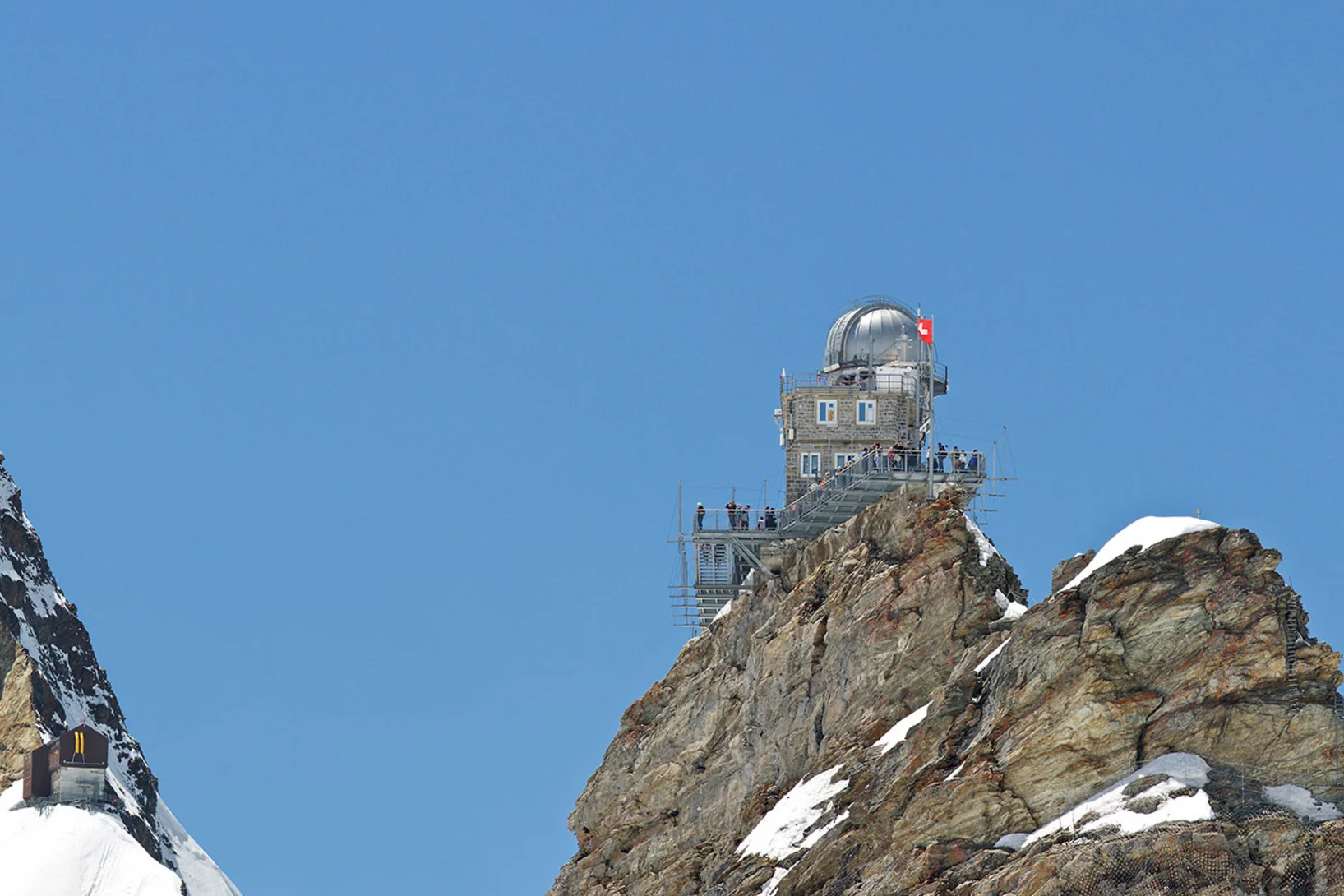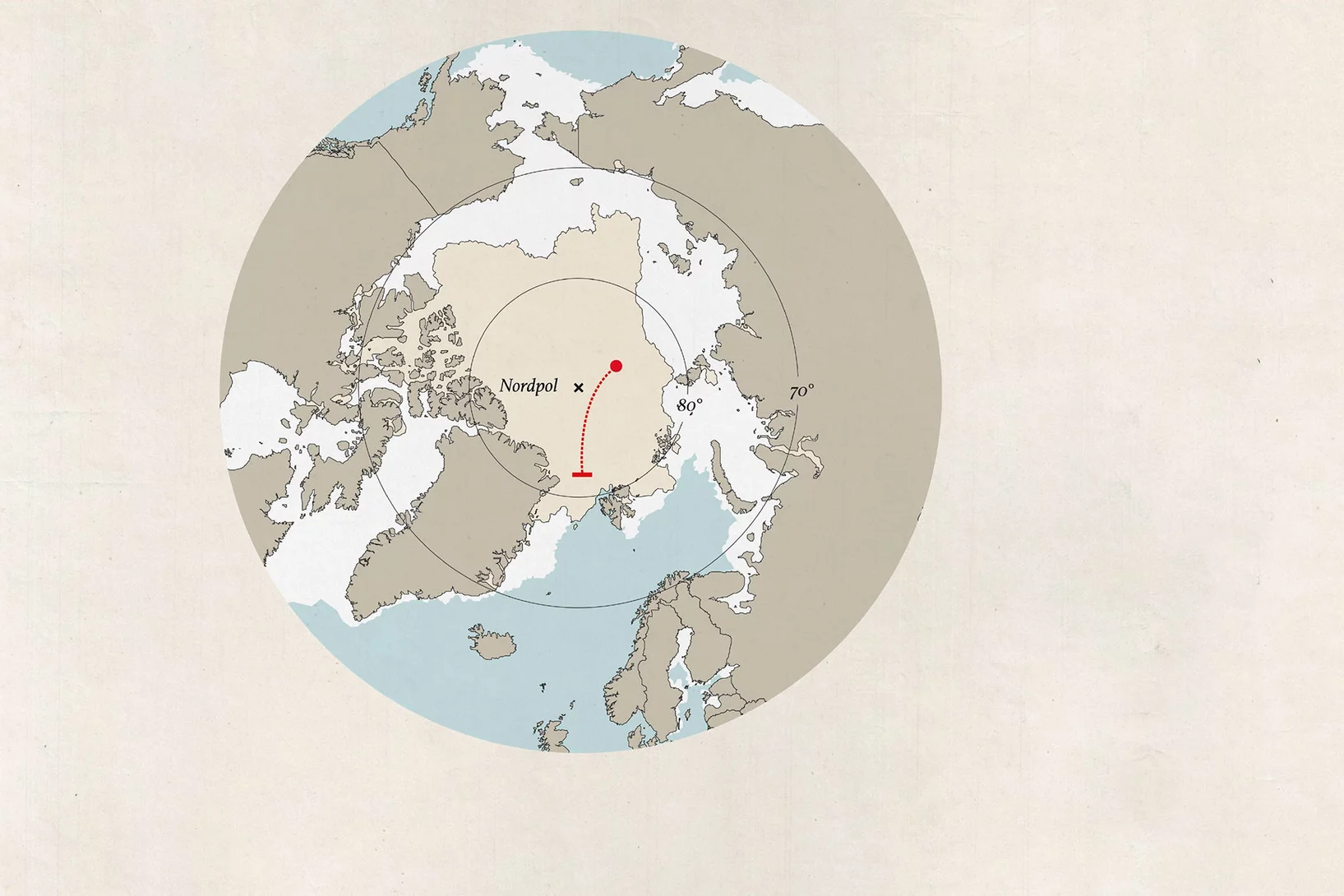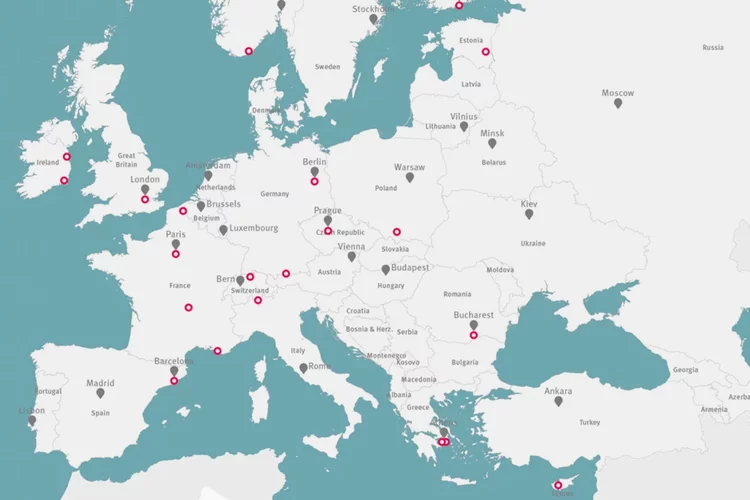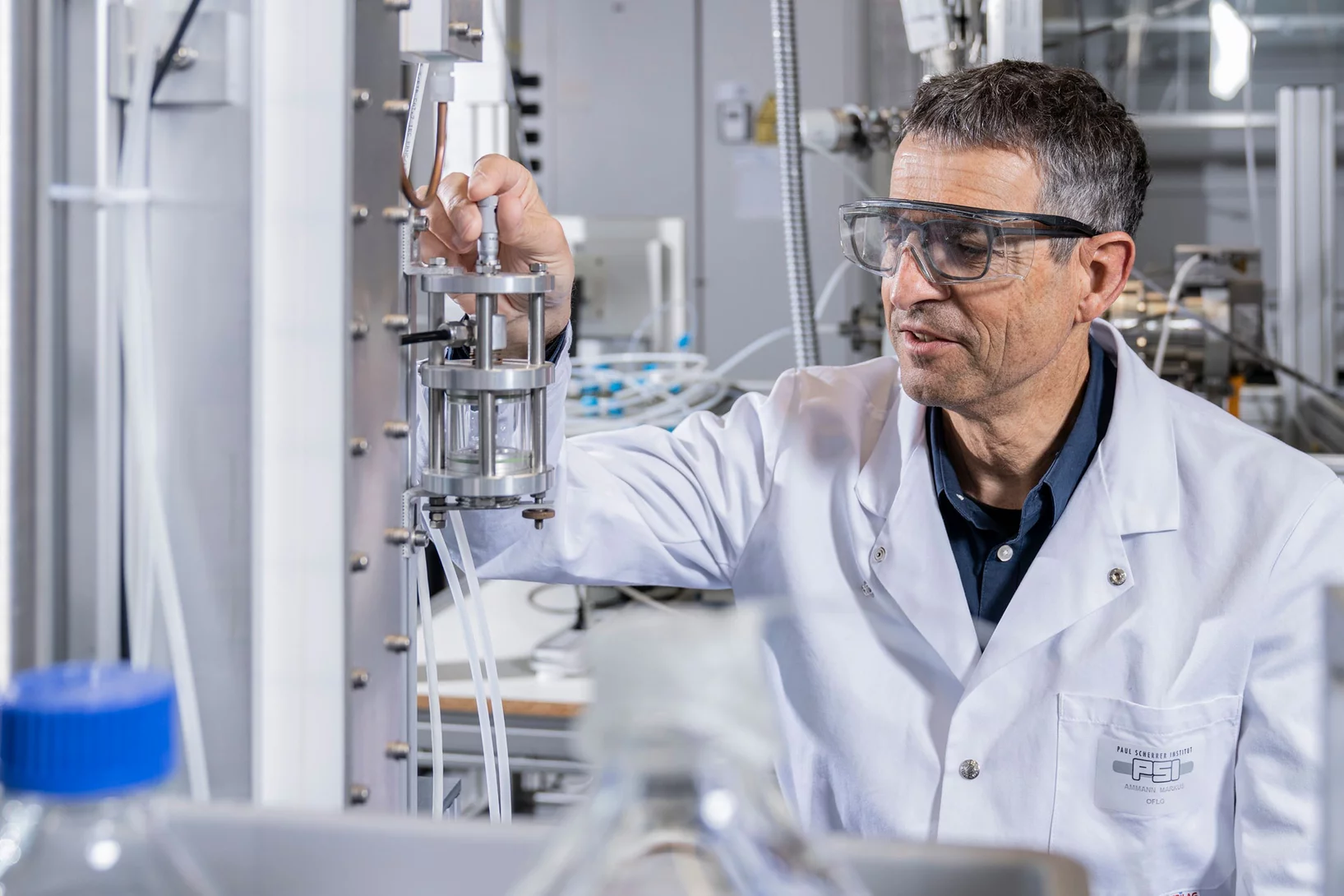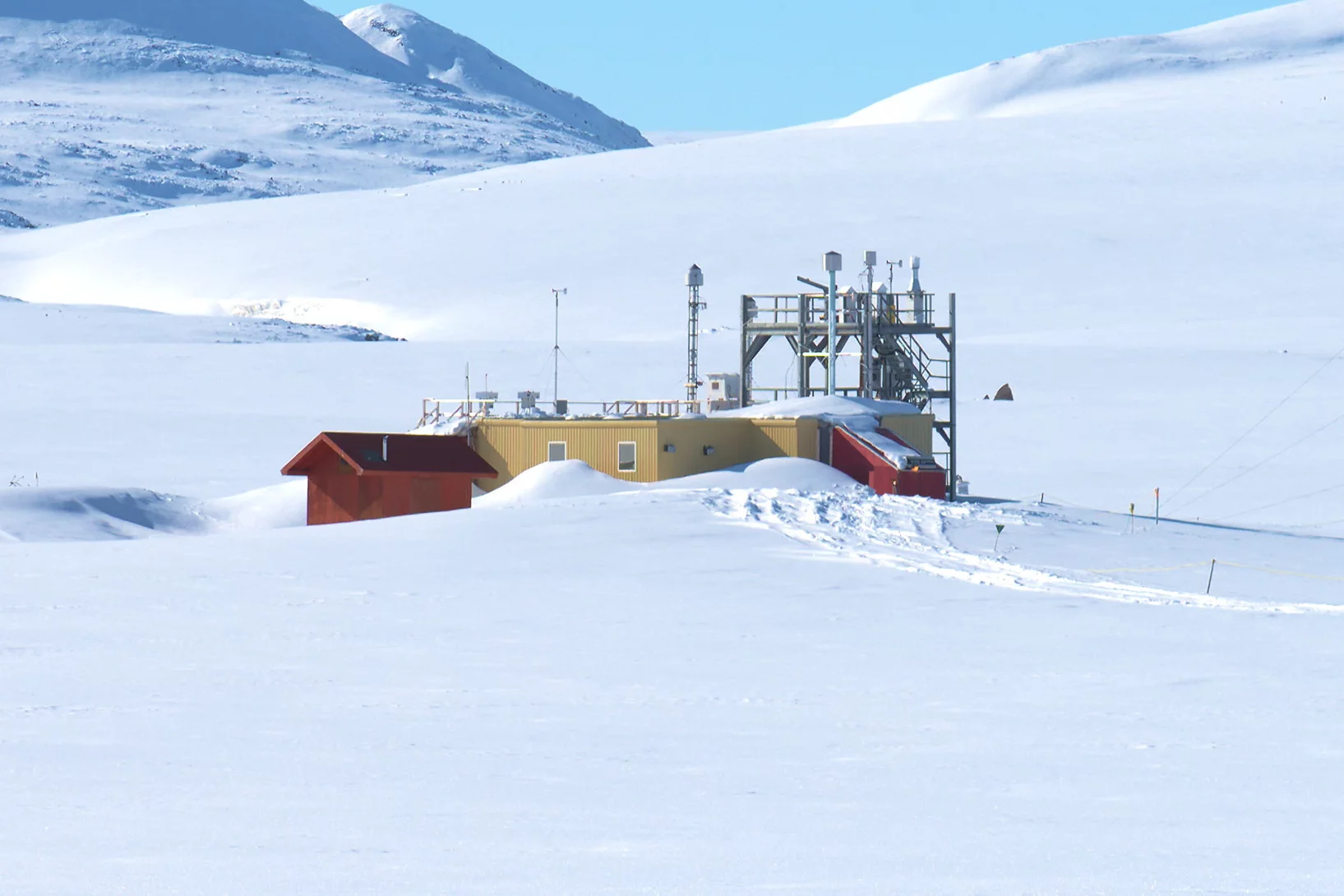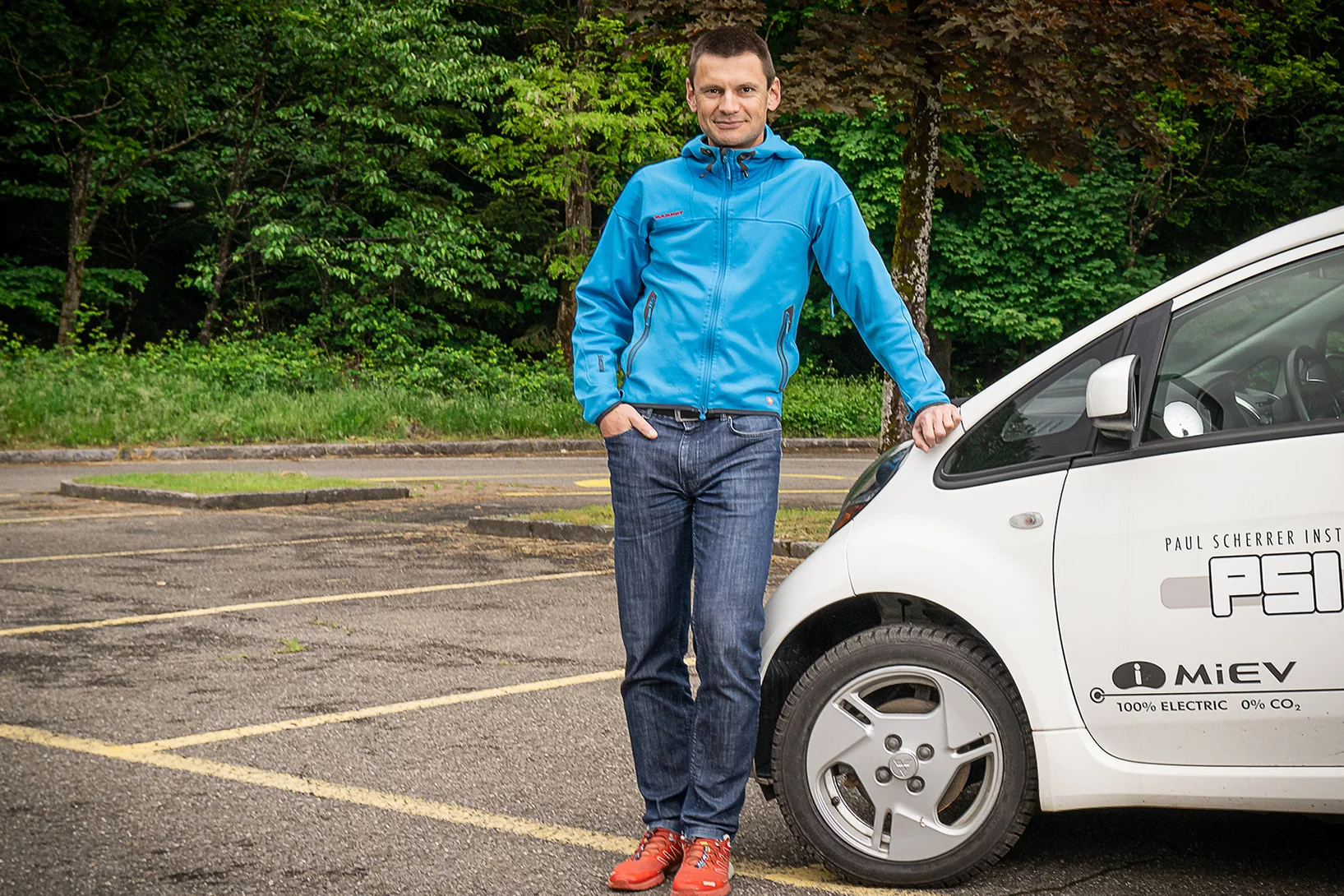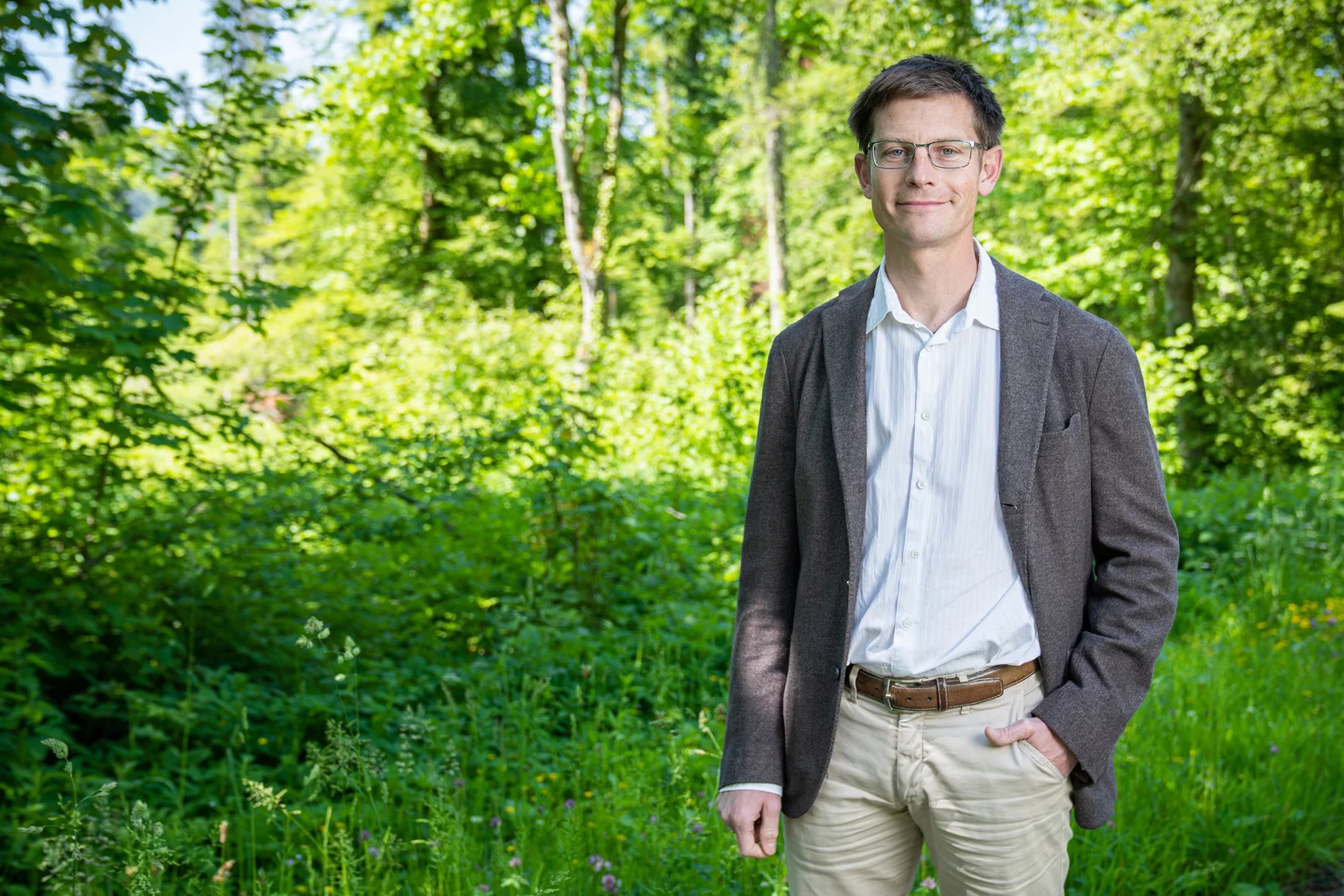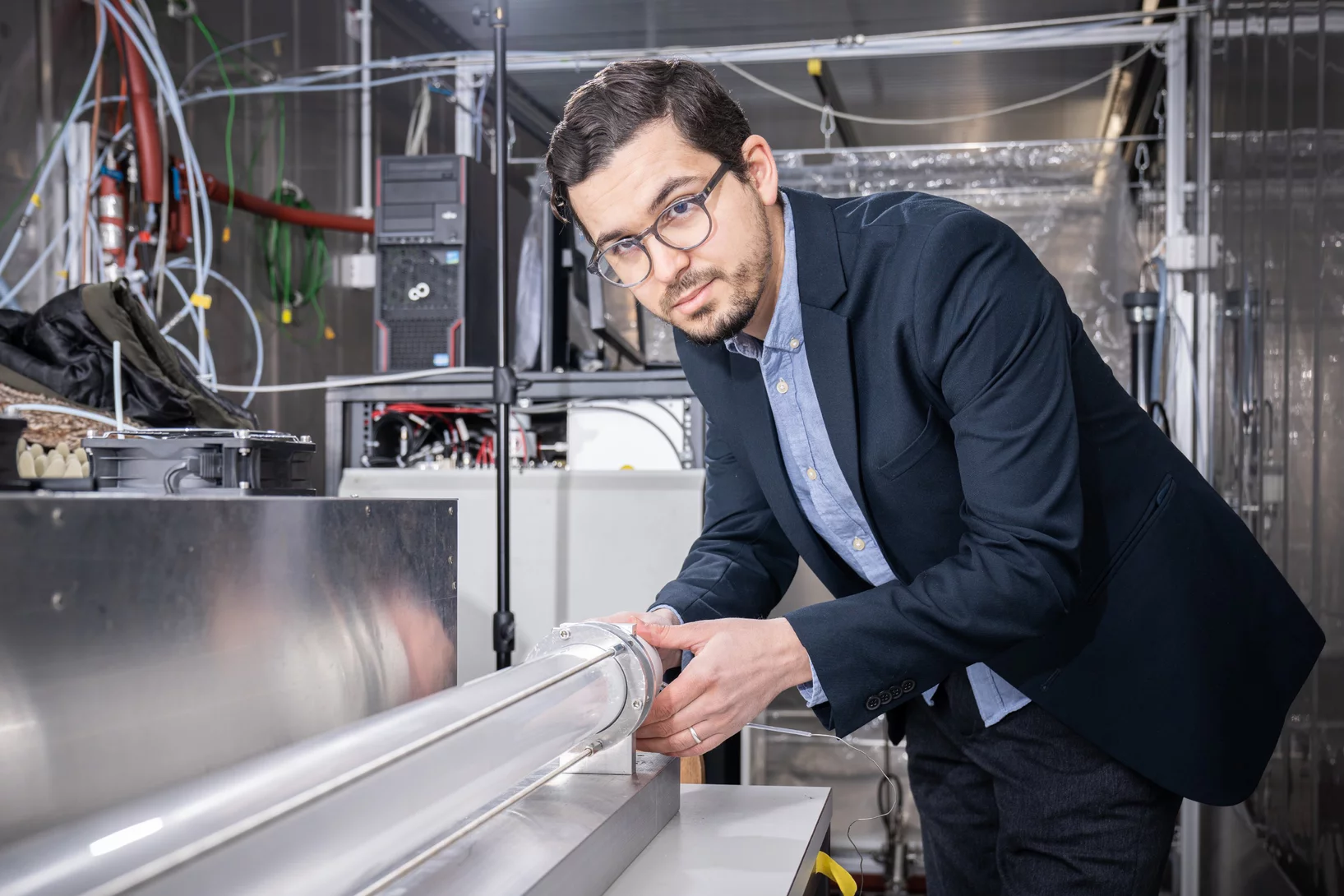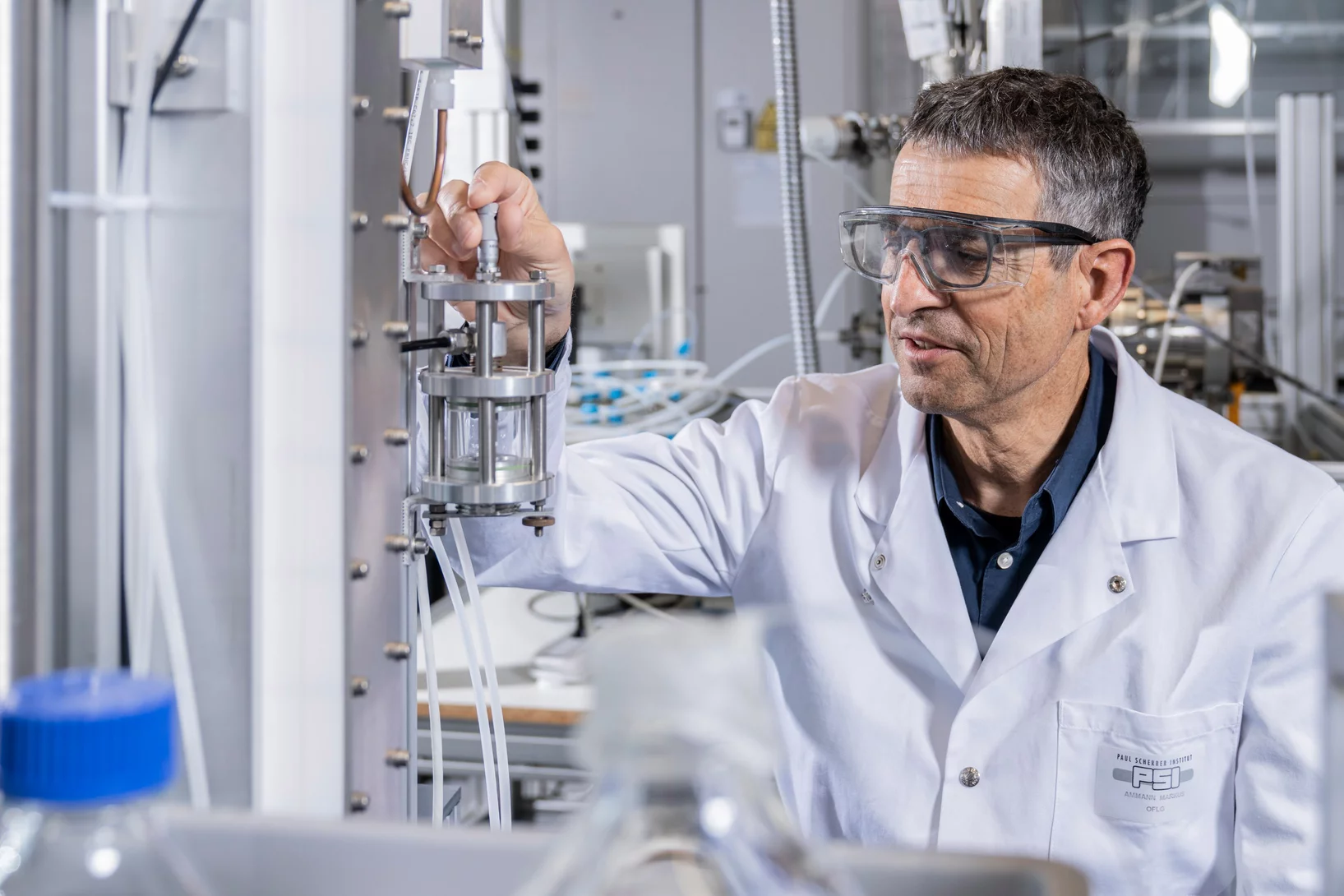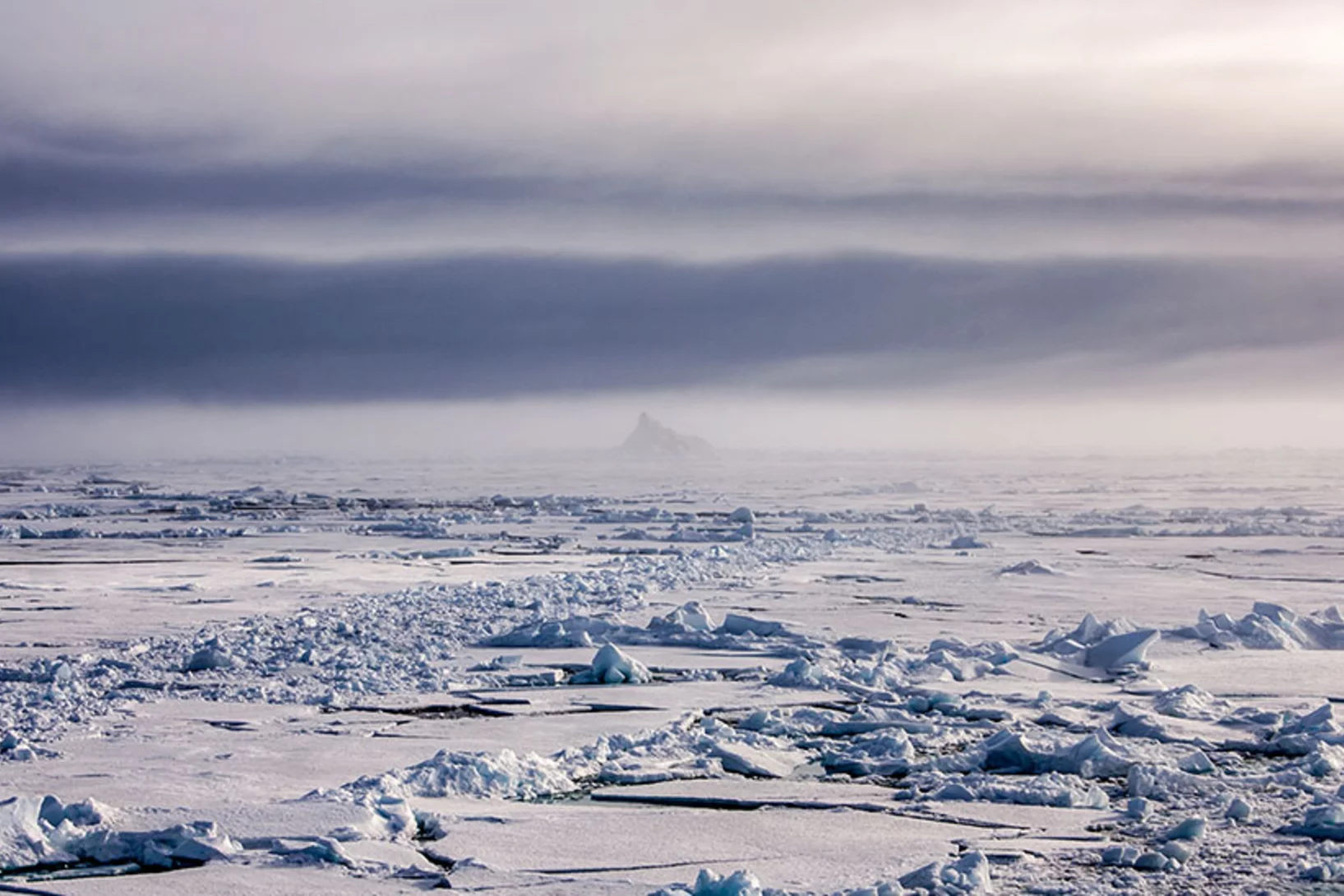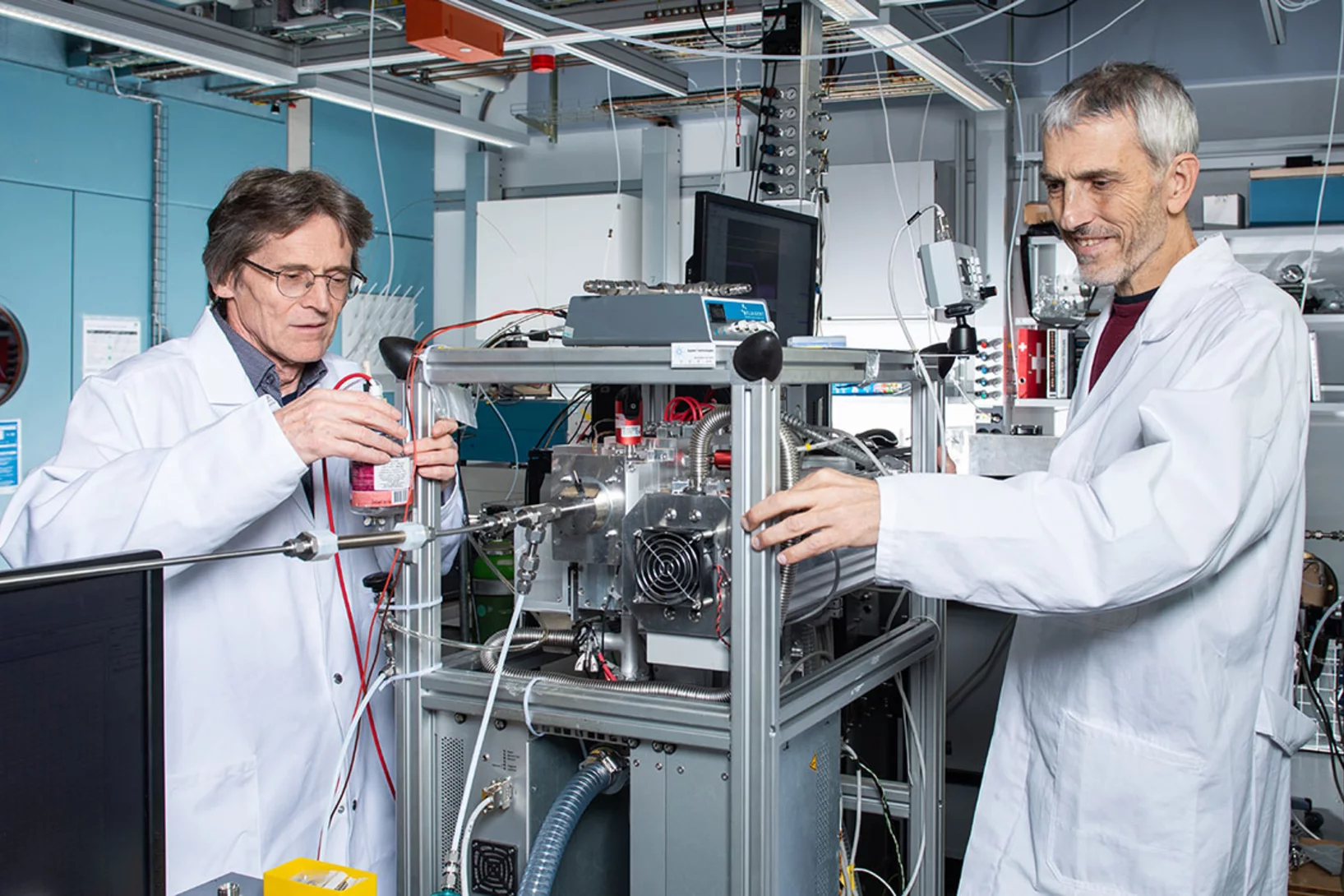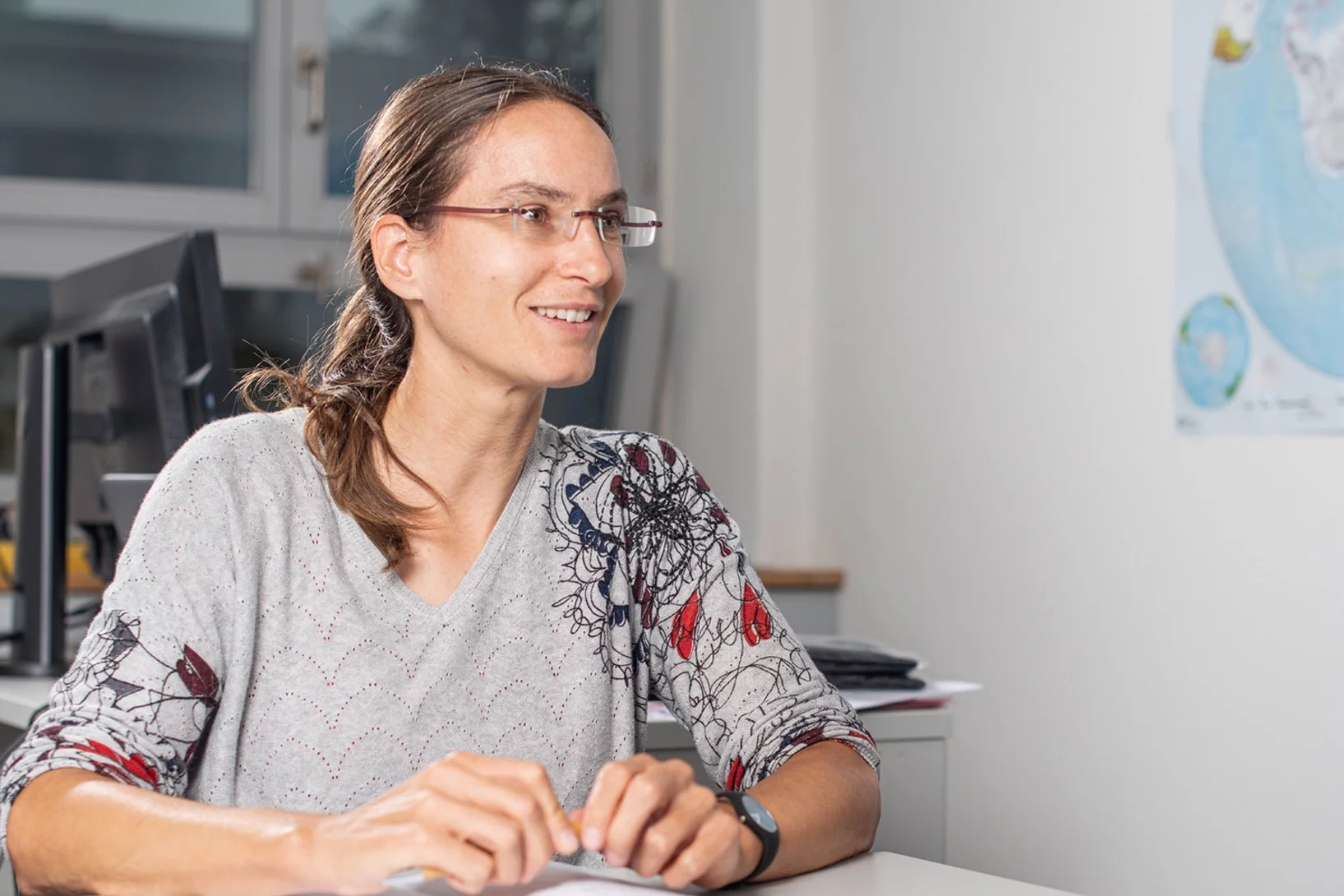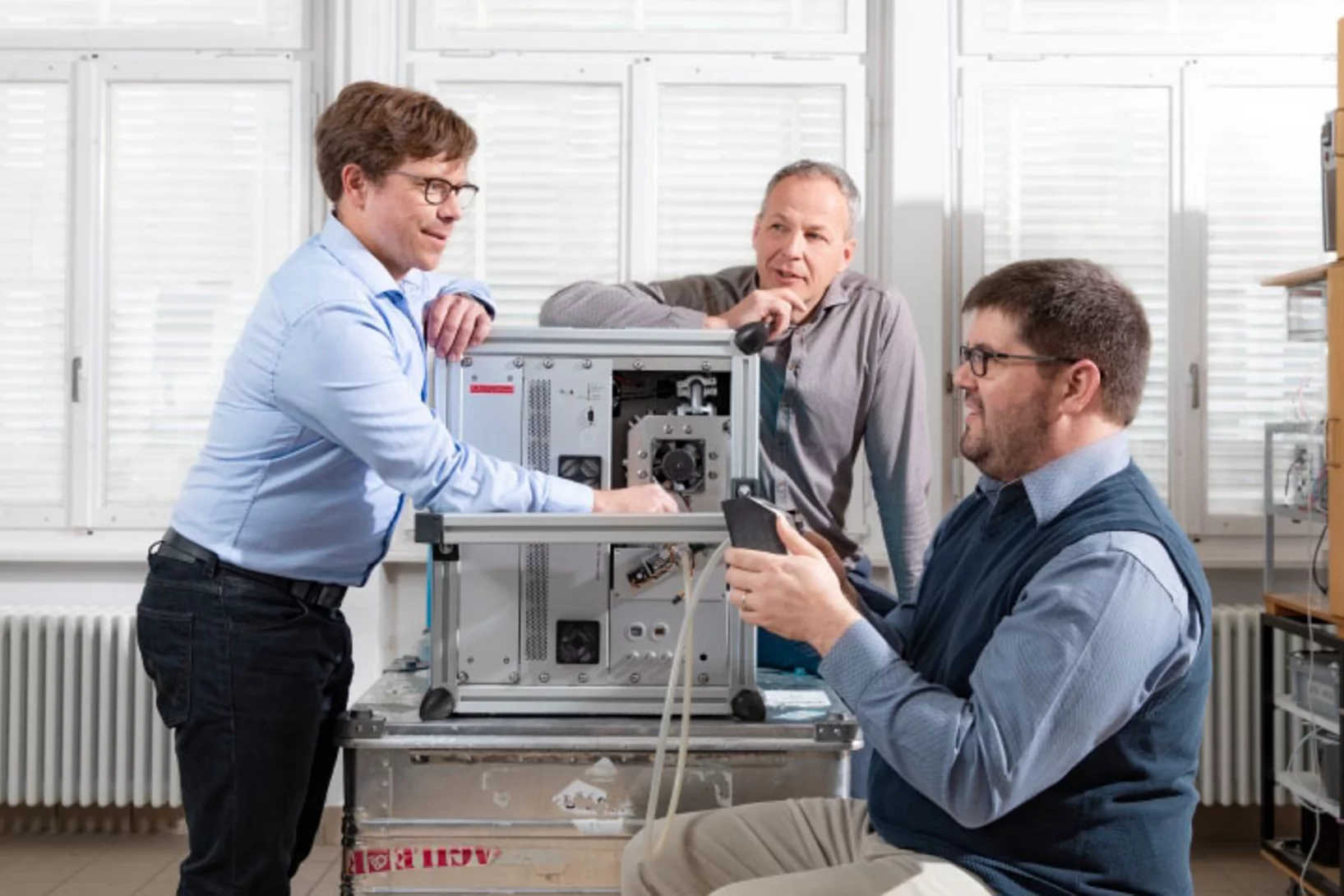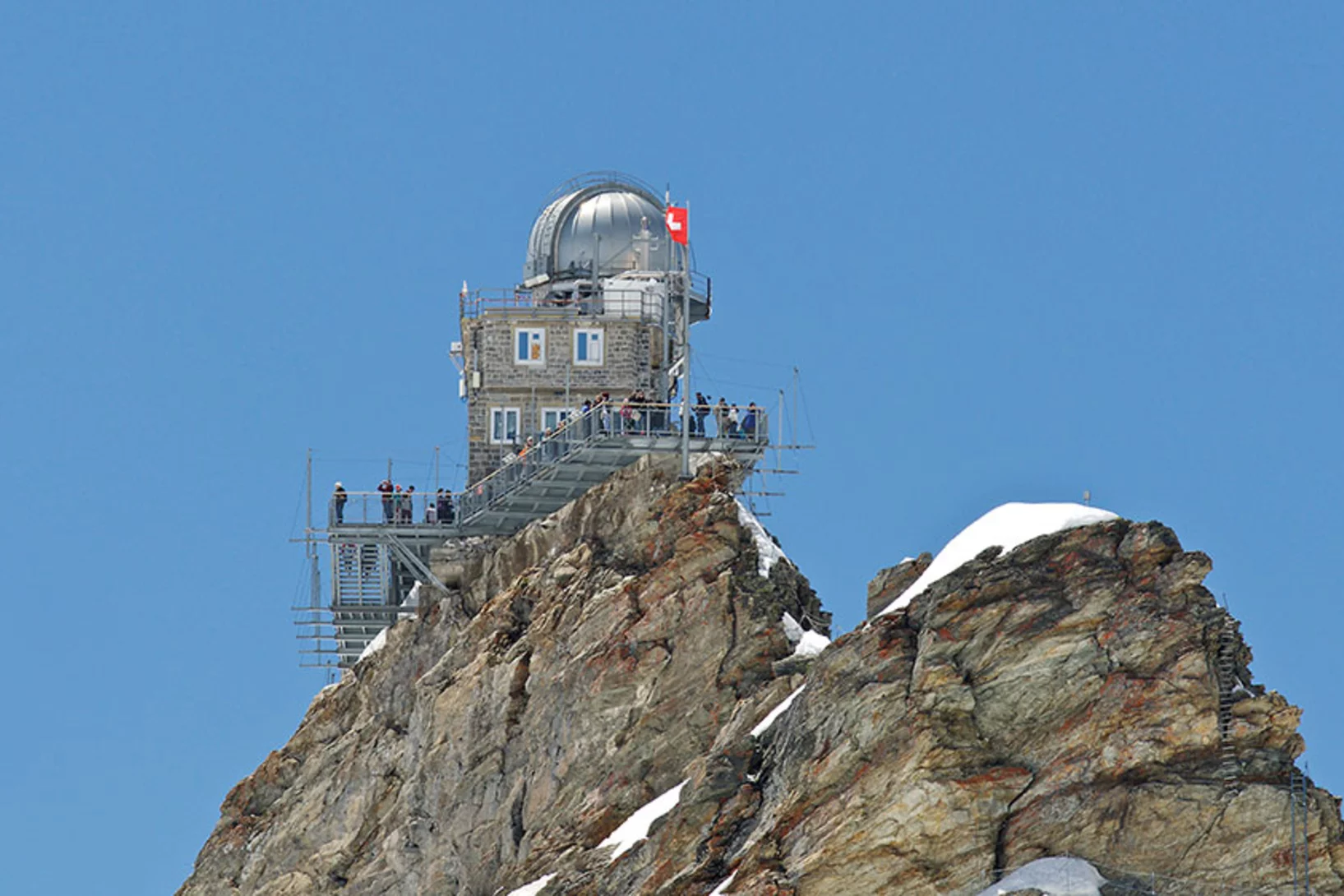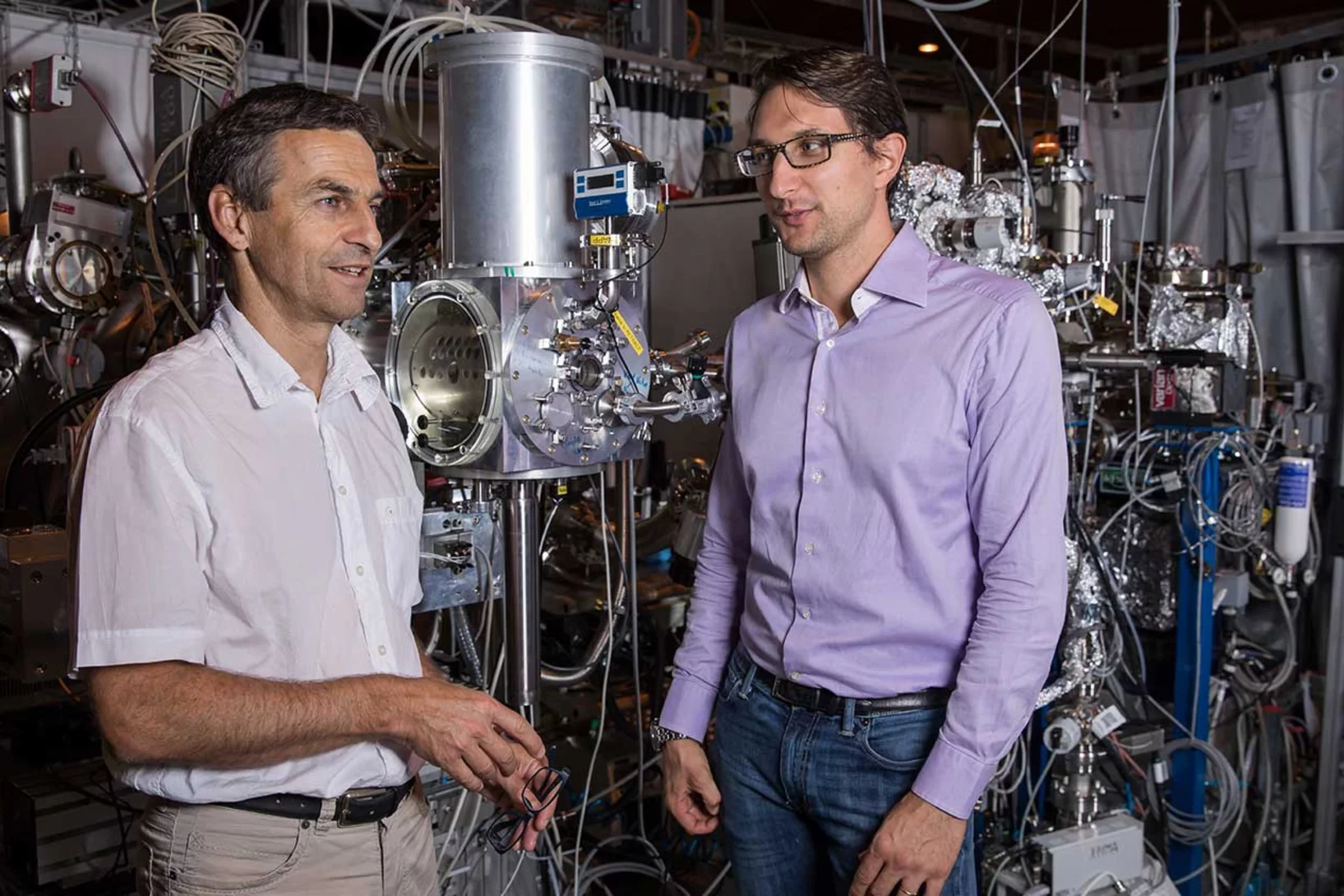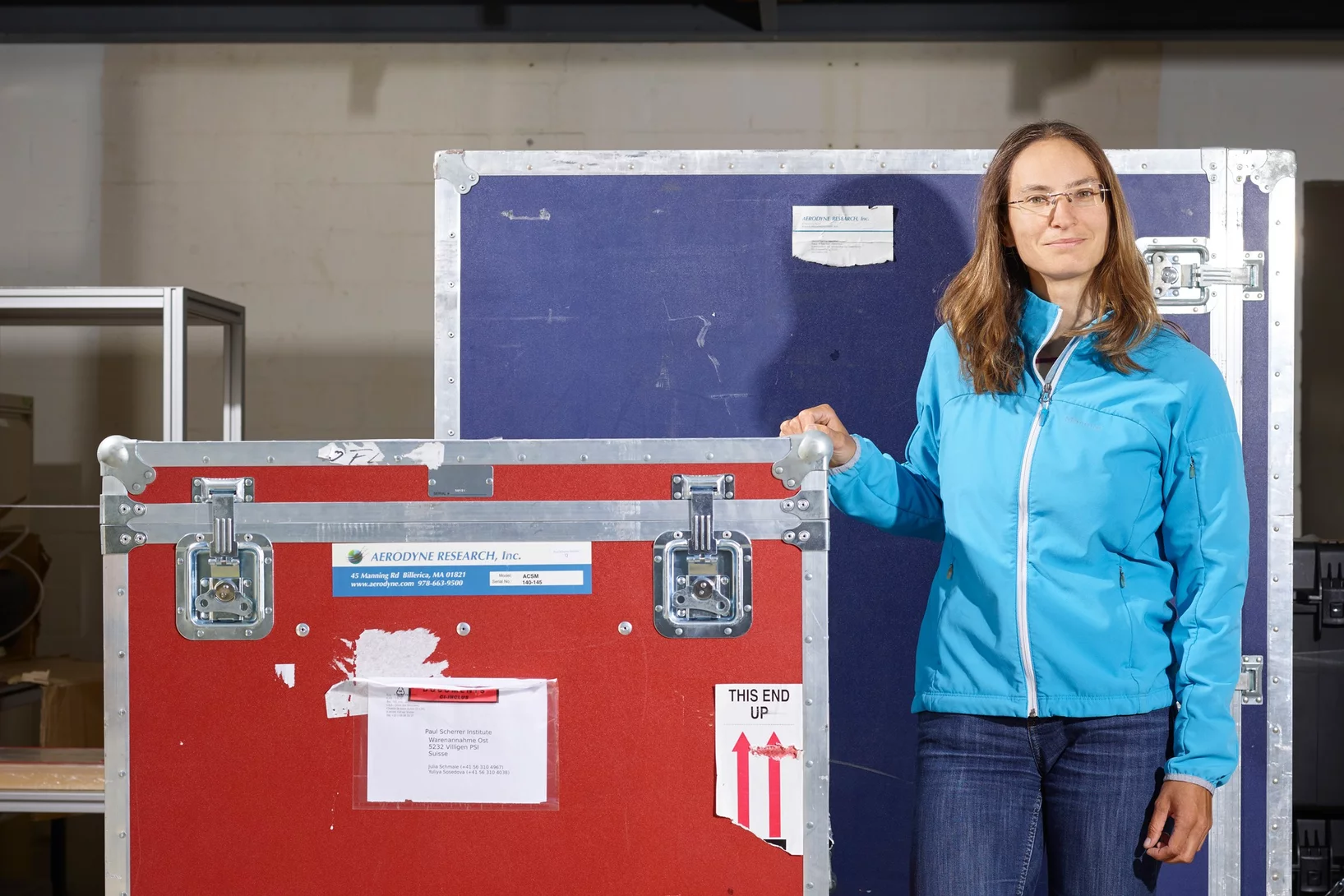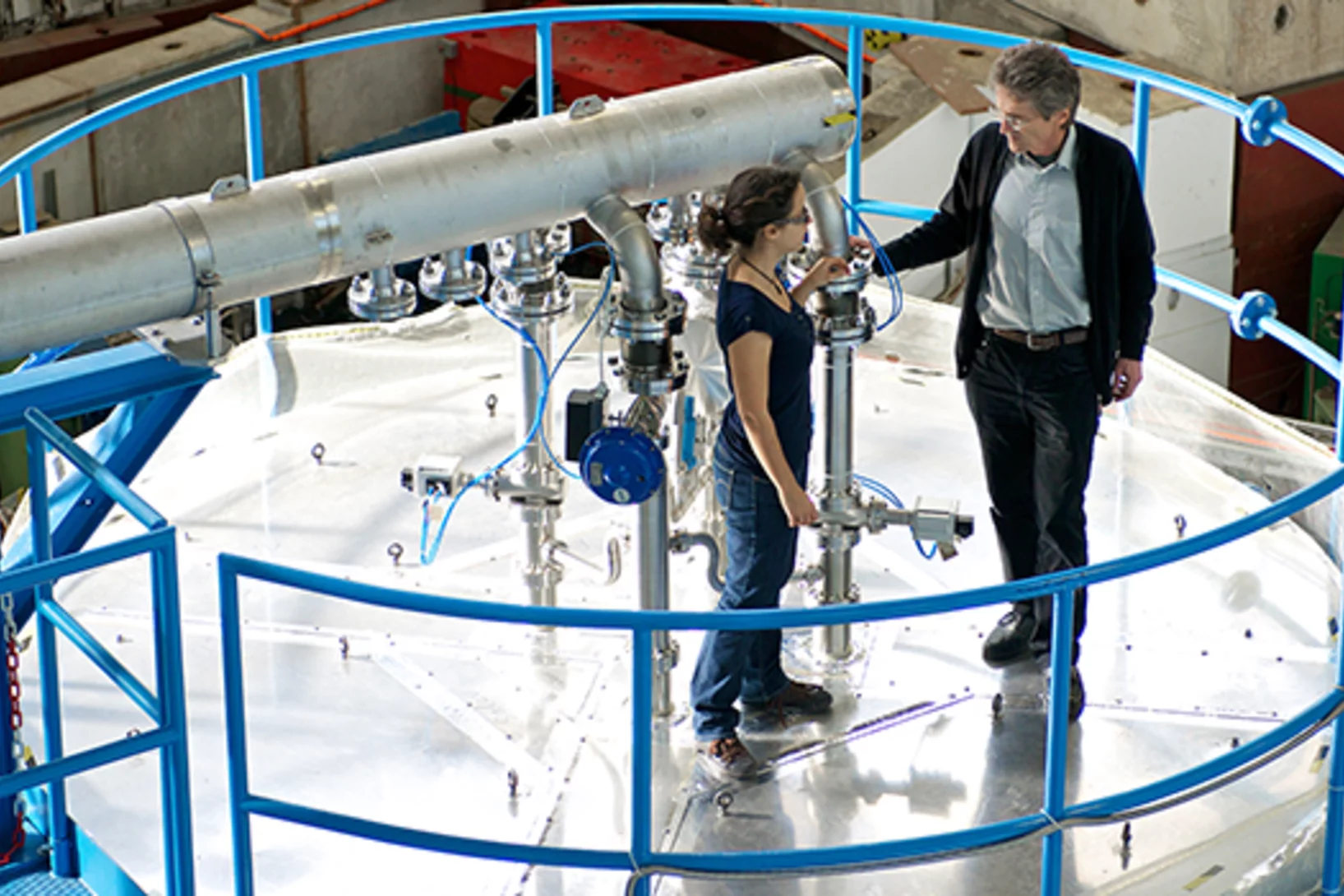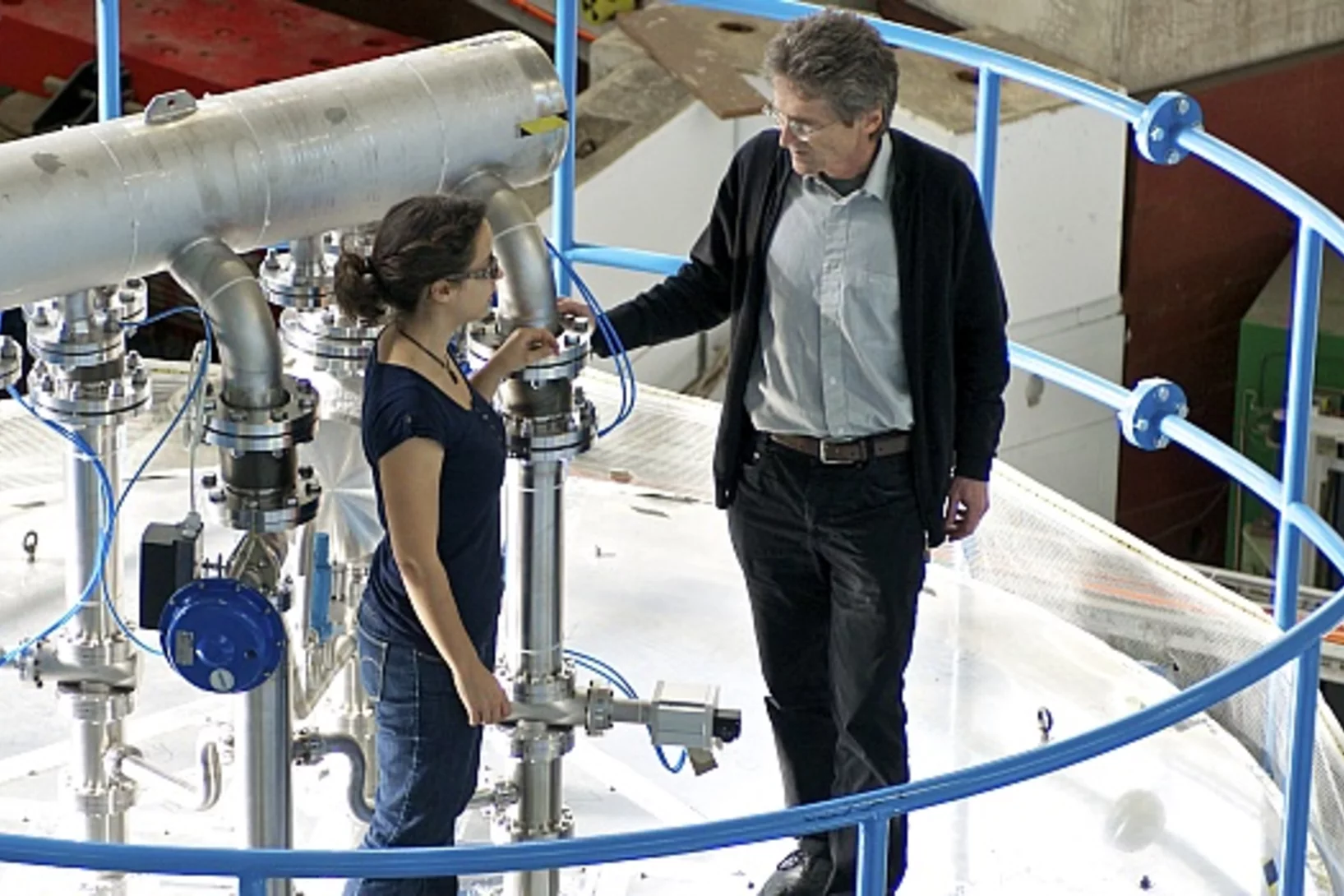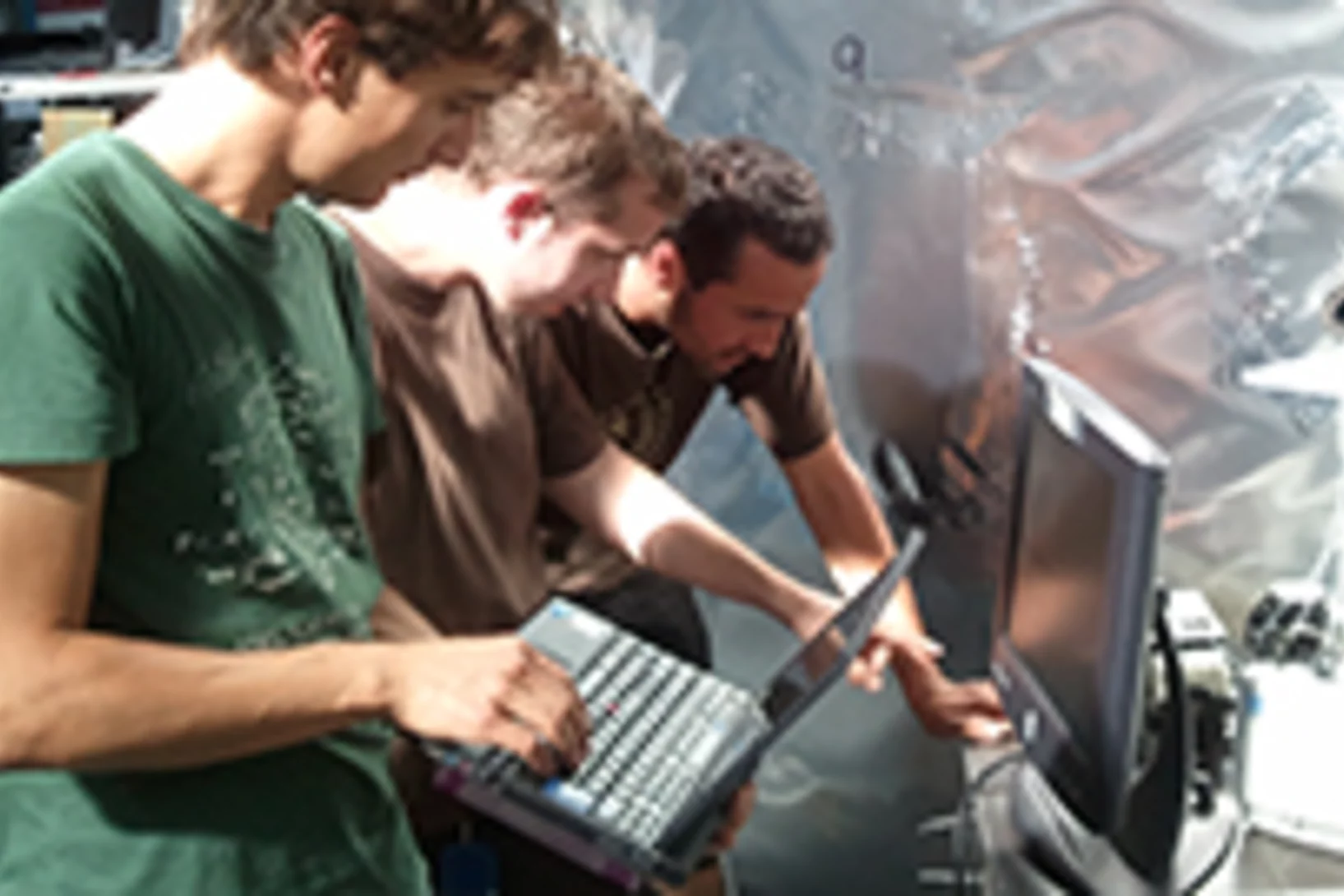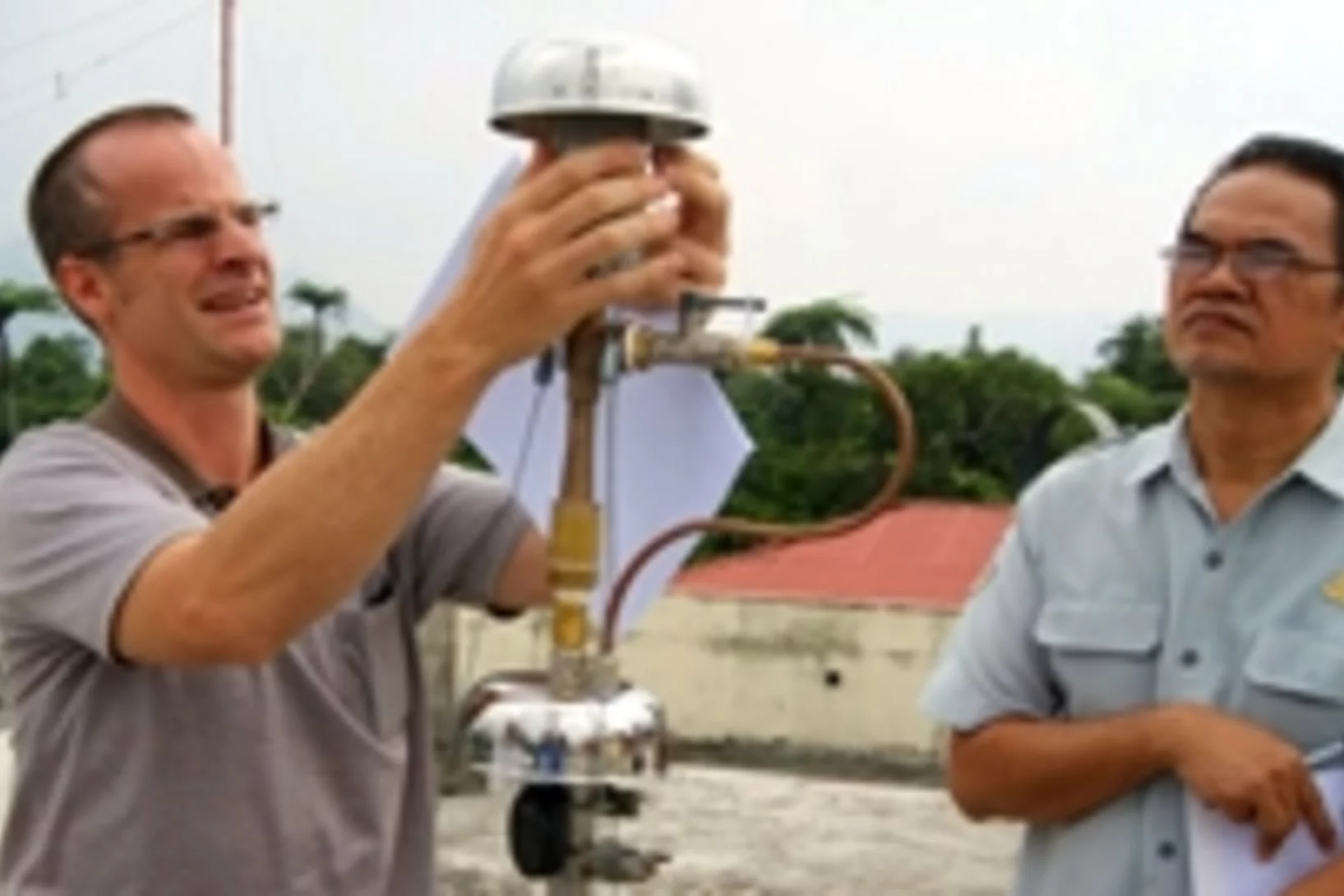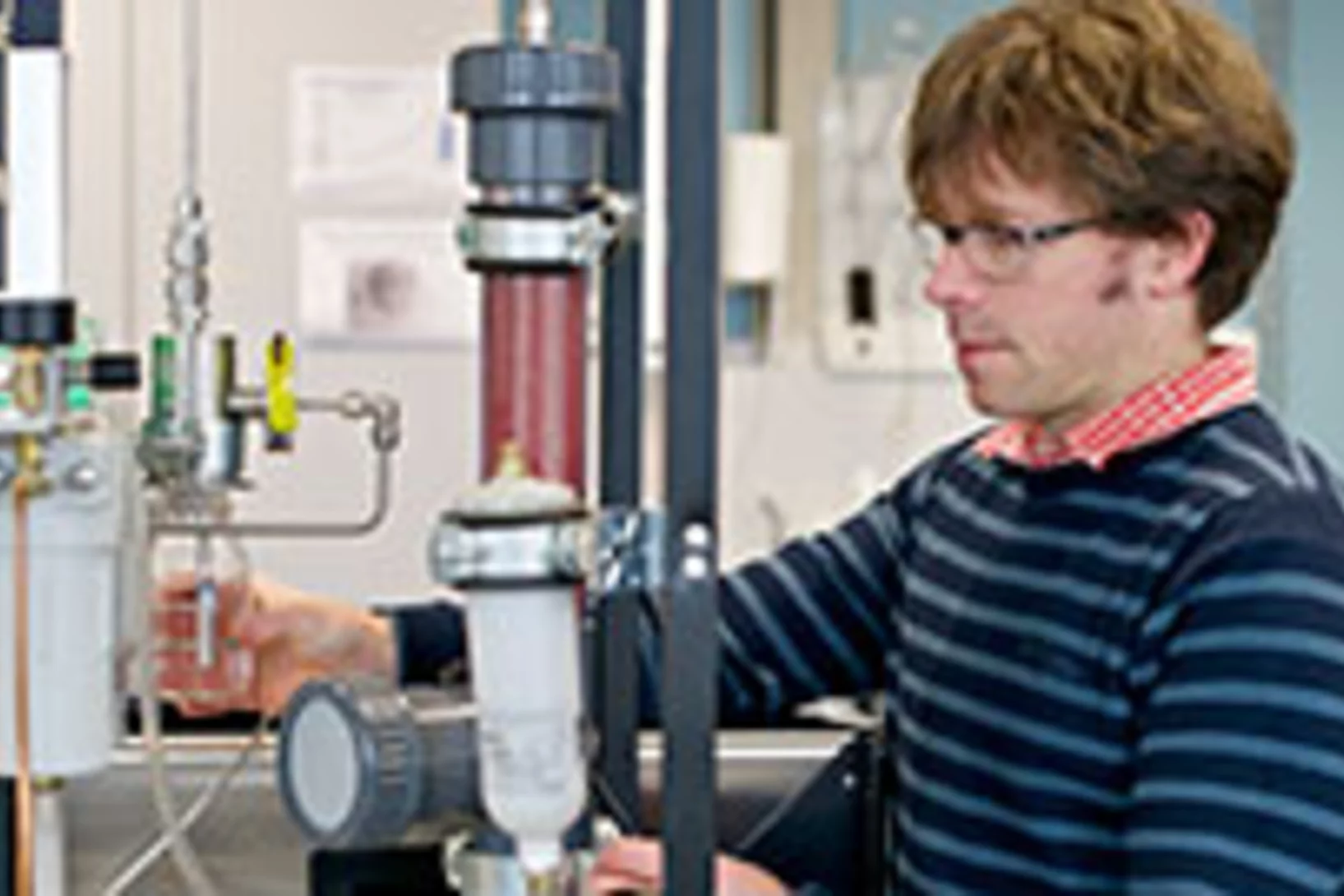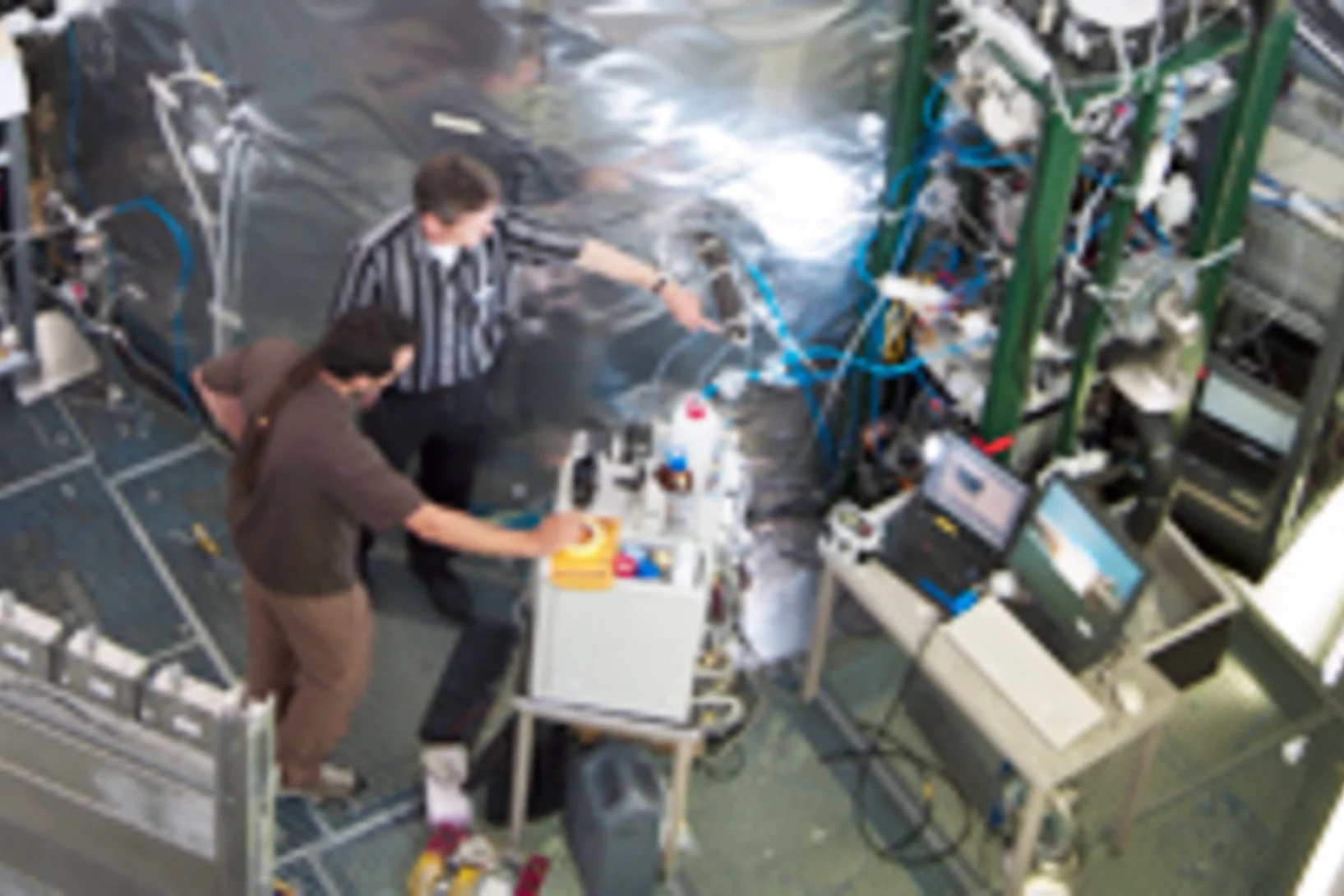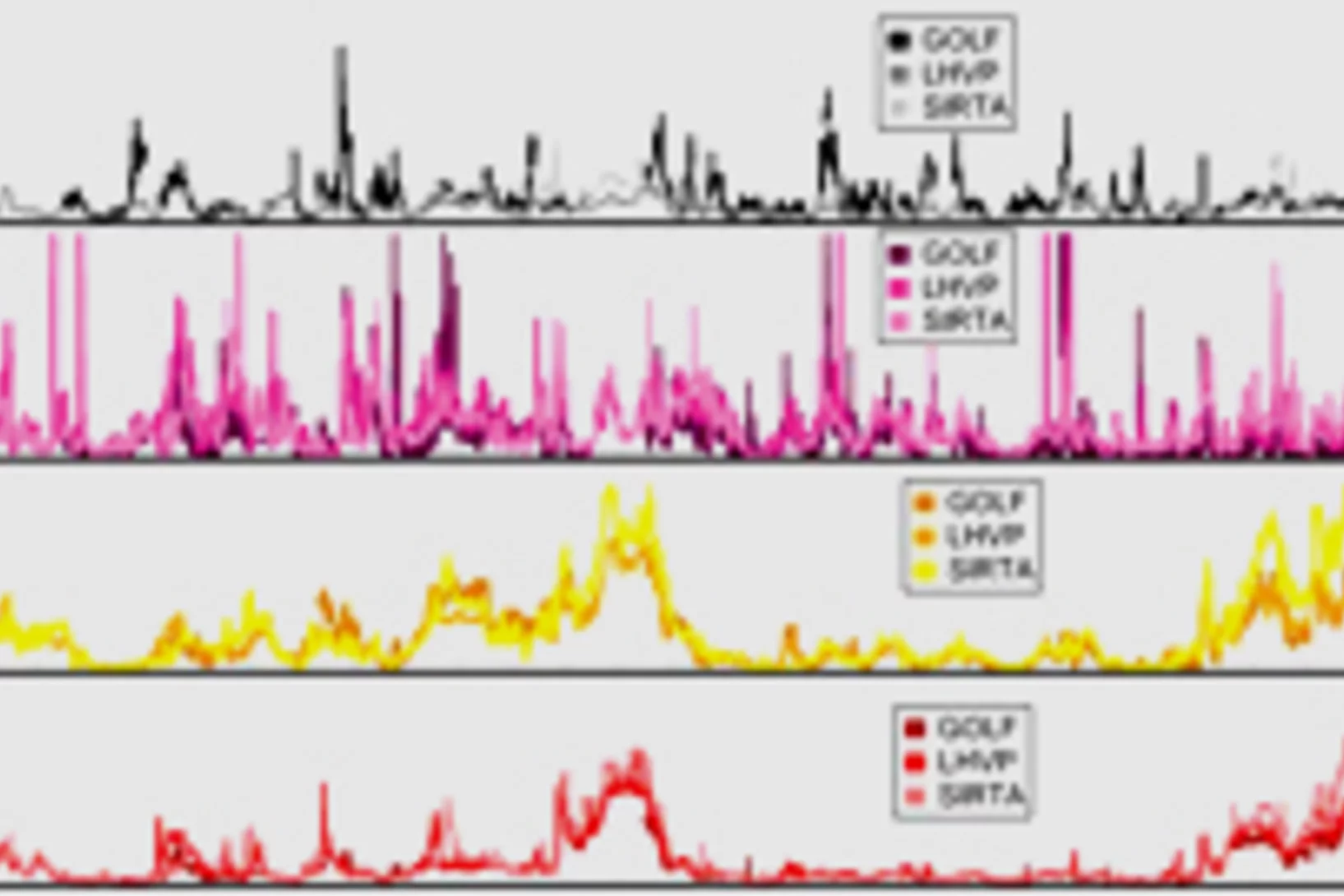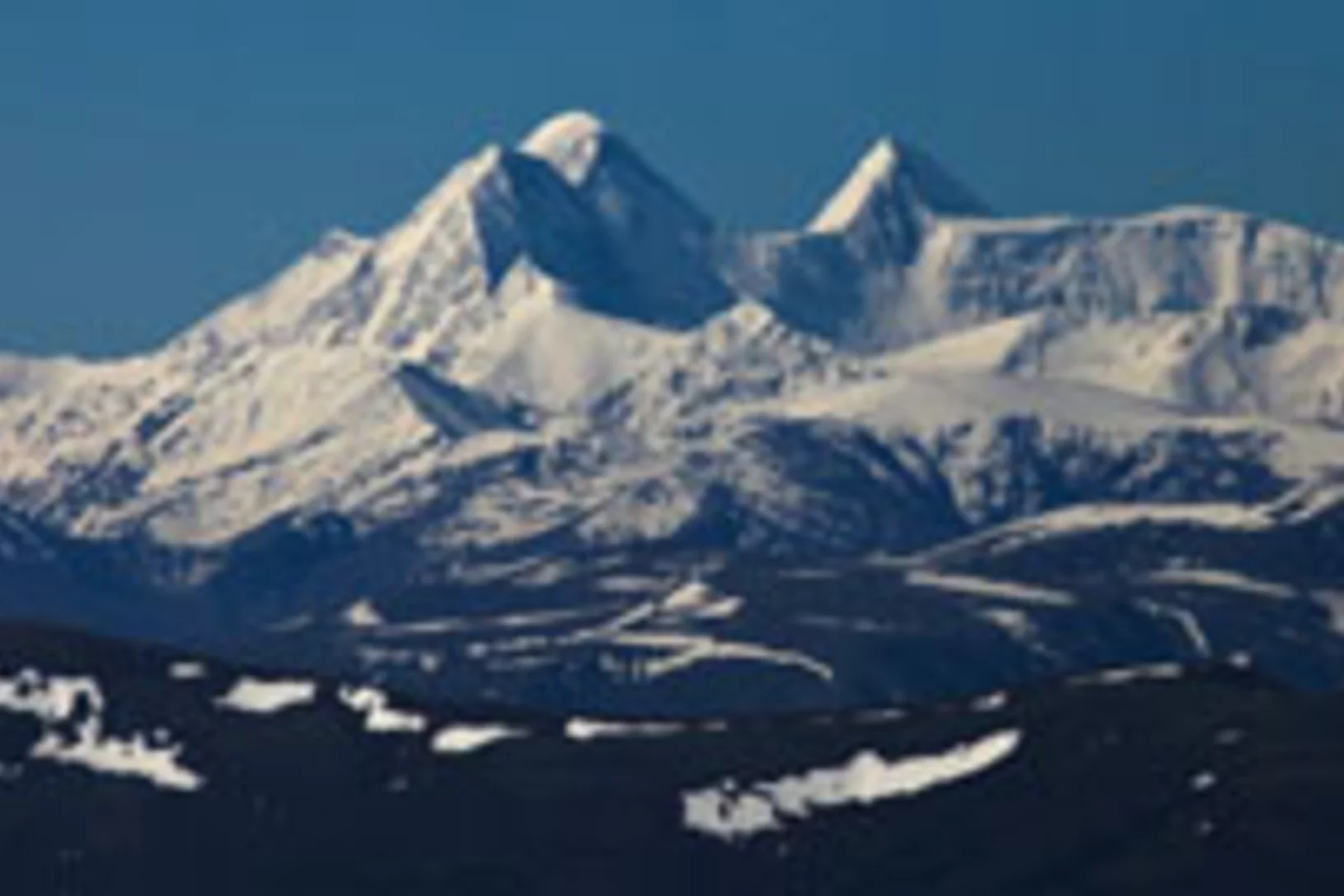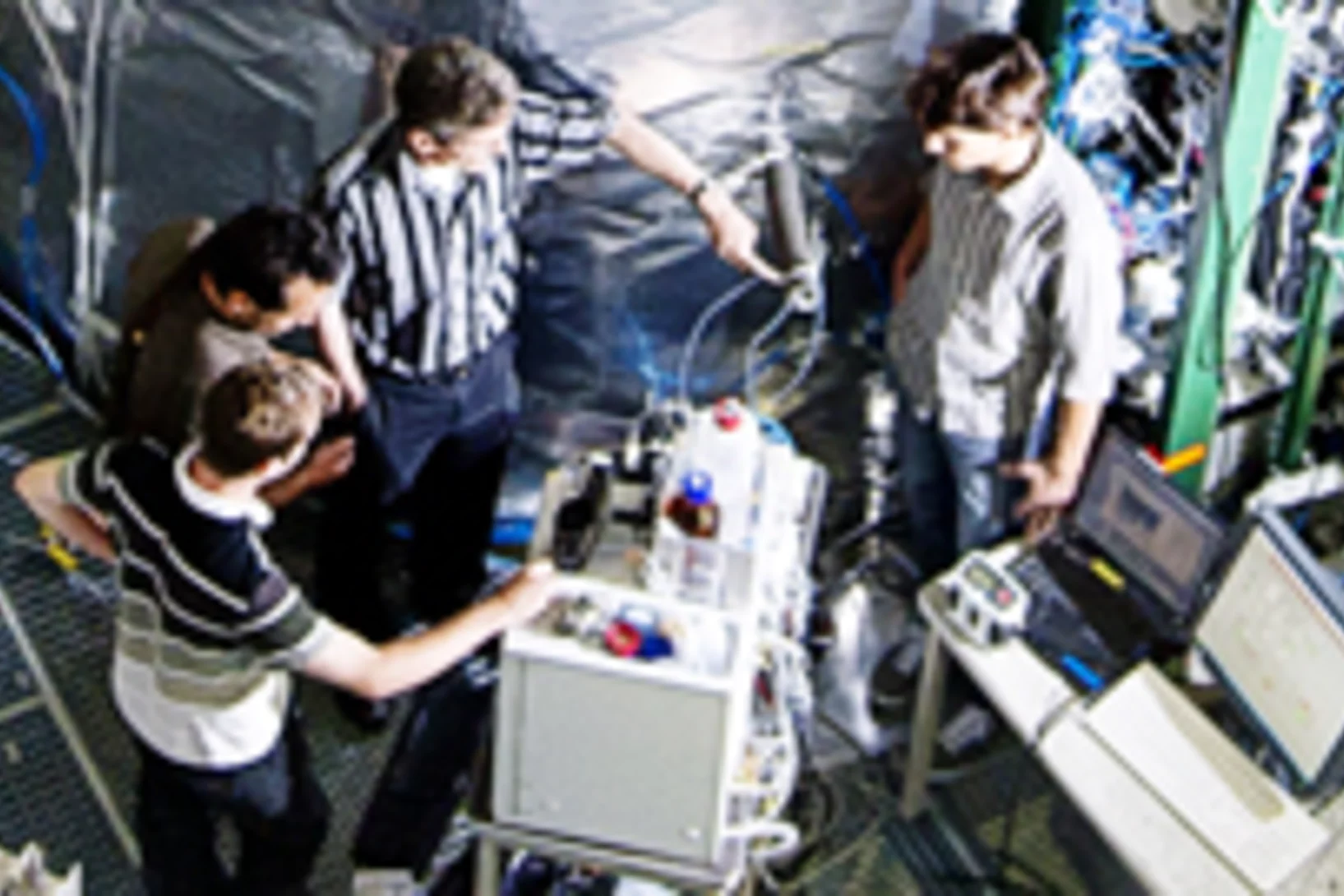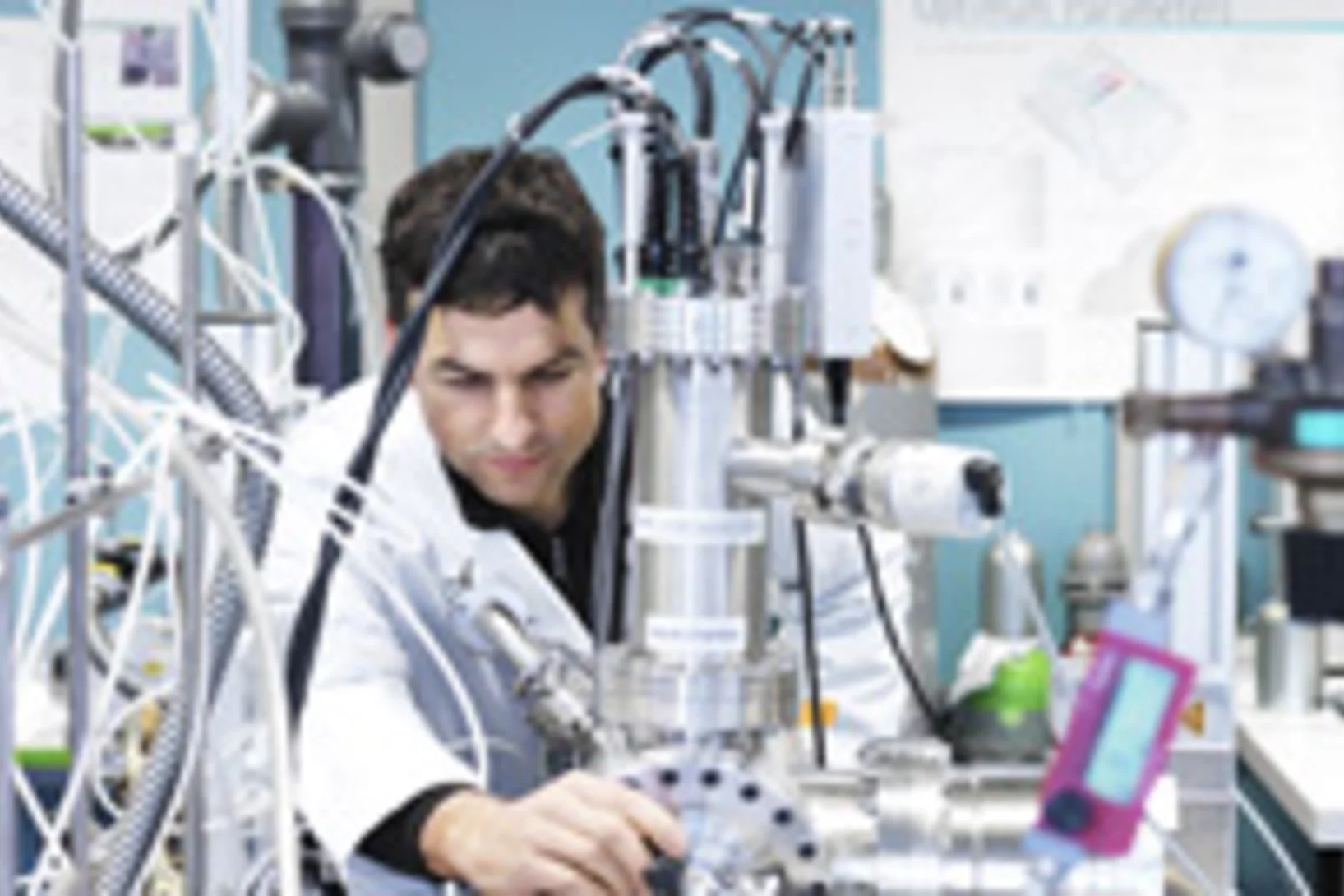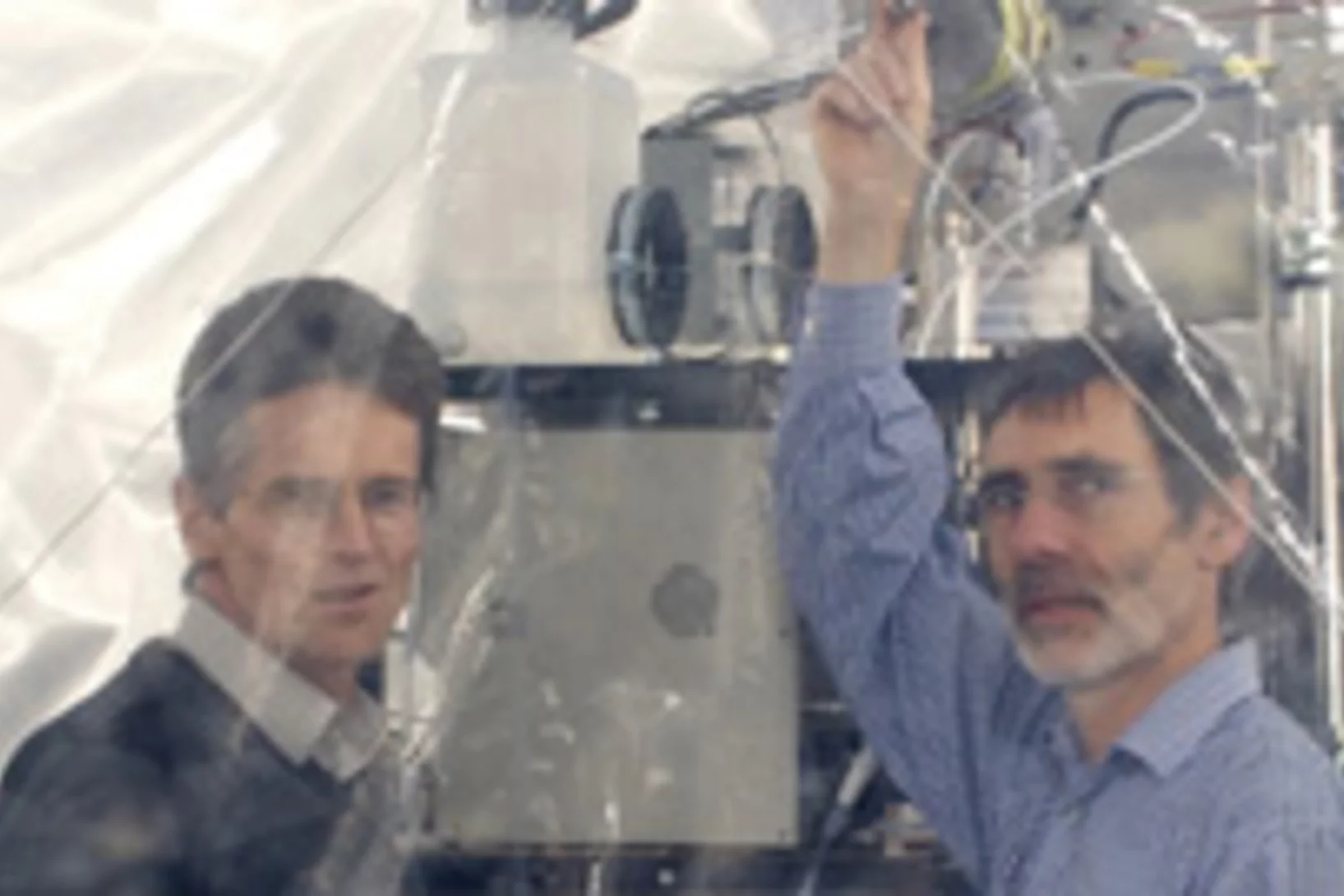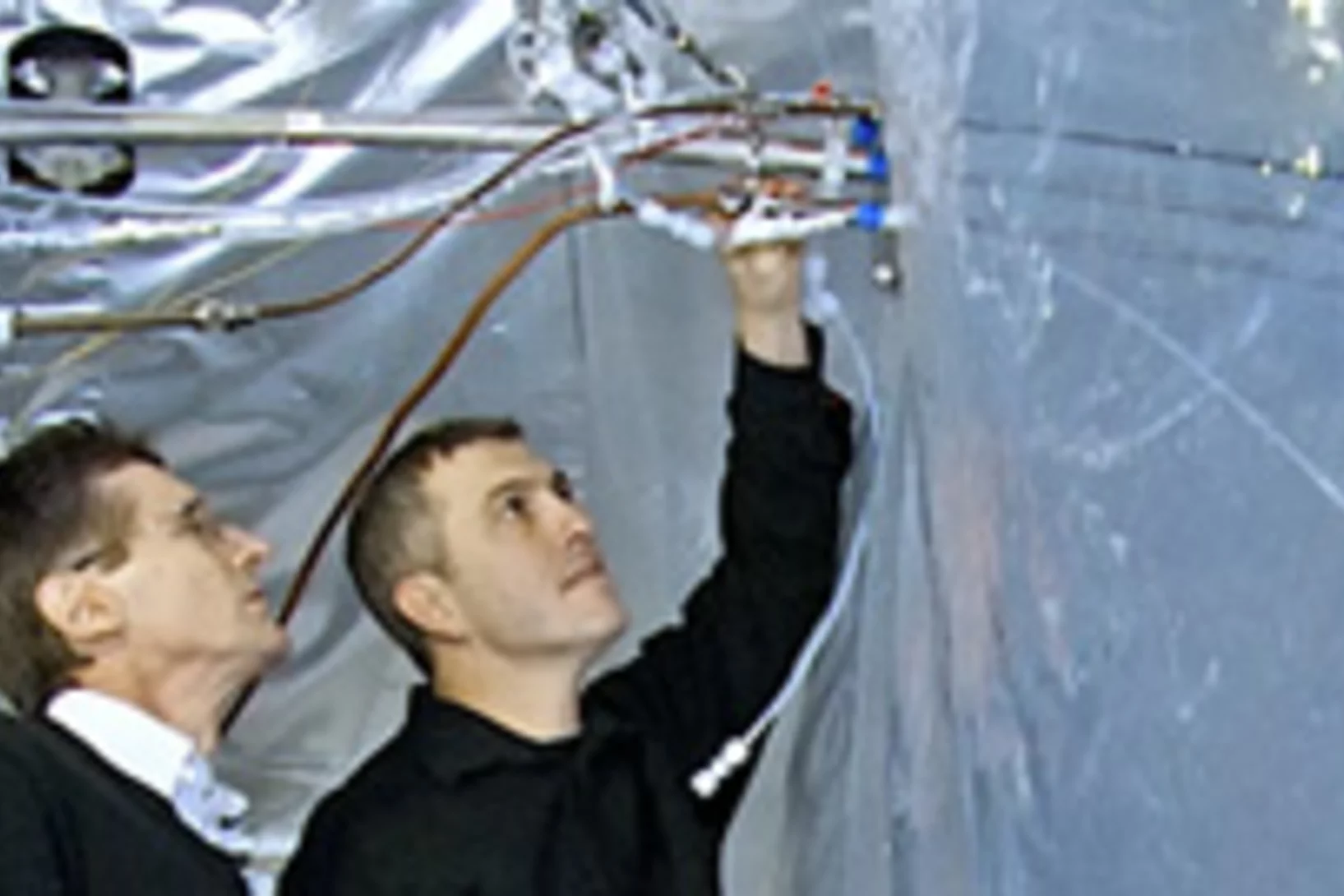Water gets in shape for VUV absorption
Nanometre‑thin, free‑flowing liquid sheets now let Swiss Light Source users record pristine VUV absorption spectra of water, and soon any solvent.
Pollutants often originate in the air
In the CLOUD experiment at CERN, PSI researchers have measured with unprecedented precision how harmful organic air pollutants are formed and dispersed.
Taking off with sustainable kerosene
Researchers around the world are working to find and optimise new ways of producing climate-neutral aviation fuel. At PSI, together with industry, they’re exploring a promising approach.
Getting to the roots of a global health problem
Imad El Haddad analyses the chemical composition and health impacts of particulate matter at the Center for Energy and Environmental Sciences of the Paul Scherrer Institute PSI.
A complex promise
There’s more to climate-neutral aviation than just reducing emissions during flights. A PSI study analyses what is needed to achieve this long-term goal.
Sources of smog in Beijing identified
Researchers at PSI are investigating the wide range of causes underlying smog in Beijing.
Can aerosols stop global warming?
Injecting particles into the stratosphere to cool the earth? In our interview, PSI researcher Markus Ammann comments critically on the controversial subject of solar geoengineering.
How to clean up New Delhi’s smoggy air
PSI researchers are tracking down pathogenic aerosols in India.
How trees influence cloud formation
Researchers at PSI have taken a closer look at a previously disregarded factor in the formation of clouds. This could improve the accuracy of climate forecasting.
Extreme nighttime pollution in New Delhi air explained
PSI researchers find the cause of high nighttime air pollution in New Delhi
The Jungfraujoch aerosol detectives
Aside from its stunning landscape, the Jungfraujoch also provides an ideal location to research the impact of aerosols on our climate.
A warm intrusion in the Arctic causes extreme pollution levels
Surprising data about pollutants in the Northern Hemisphere
European map of aerosol pollution can help improve human health
Researchers have measured and determined the sources of aerosol pollution at 22 locations in Europe.
Light amplification accelerates chemical reactions in aerosols
Consideration in future climate models important.
Scientists map Arctic aerosols to better understand regional warming
In order to better understand climate change in the Arctic and design effective mitigation measures, scientists at EPFL and PSI have studied the aerosols in a region spanning from Russia to Canada.
Effectively removing CO2 from the atmosphere
With careful planning, effective CO2 capture is technically possible.
“Without these technologies, we will hardly achieve our climate targets”
To achieve carbon neutrality, technologies need to be deployed which remove carbon dioxide from the atmosphere.
Aerosol formation in clouds
How chemical reactions in clouds can influence the global climate.
Particulates are more dangerous than previously thought
A precise look into the finest particles in the air shows how compounds harmful to human health are formed.
Iodic acid influences cloud formation at the North Pole
An international team of scientists has identified a novel driver of new aerosol particle formation in the Arctic: iodic acid, a chemical compound, which had not previously been observed in the region.
First-time direct proof of chemical reactions in particulates
Researchers at the Paul Scherrer Institute PSI have developed a new method to analyse particulate matter more precisely than ever before. With its help, they disproved an established doctrine: that molecules in aerosols undergo no further chemical transformations because they are enclosed in other particulate matter.
Thirteen months in the Arctic
A PSI research project investigating atmospheric chemistry will be on board the icebreaker Polarstern on 20th September 2019. Researcher Julia Schmale talks about the upcoming expedition and her role in it.
Research above – and about – the clouds
At the Jungfraujoch research station, PSI scientists study particulate matter in the atmosphere. And have to deal with the fact that the human body is not made for life at 3,500 metres above sea level.
In fresh air and in smog
PSI researchers drill through millennia-old glacier ice in the high mountains and analyse the world's highest particulate concentrations in Delhi, India. They are helping to address questions regarding climate change and to reduce air pollution.
Atmosphere in X-ray light
PSI researchers have developed an experimental chamber in which they can recreate atmospheric processes and probe them with unprecedented precision, using X-ray light from the Swiss Light Source SLS. In the initial experiments, they have studied the production of bromine, which plays an essential role in the decomposition of ozone in the lower layers of the atmosphere. In the future, the new experiment chamber will also be available for use by researchers from other scientific fields.
The open-air researchers
Atmospheric scientist Julia Schmale is starting out on a three-month research cruise around the antartic. There she will be searching for the cleanest air still to be found on our planet.
The substances that brighten up the clouds
Clouds consist of tiny droplets. These droplets form when water condenses around so-called aerosols – small particles in the atmosphere. To understand how in turn aerosols come into existence scientists have now created a comprehensive computer model simulation based on profound experimental data. This simulation revealed that in addition to sulphuric acid, two other substances are crucially involved in the formation of aerosols: organic compounds and ammonia. These results have now been published in the renowned journal Science.
Present-day measurements yield insights into clouds of the past
Researchers have shown how fine particles are formed from natural substances in the atmosphere. These findings will improve our knowledge about clouds in the pre-industrial era and thus will contribute to a more accurate understanding of both the past and future evolution of our climate.
Airpocalypse explained
The causes of China's record level fine particulate pollution in winter 2013 At the beginning of 2013 a greyish-brown blanket of smog lay over large areas of China for several months. The fine particle pollution was higher by 1 to 2 orders of magnitude than the levels normally measured in Western Europe and the United States. An international team of researchers under the lead of the Paul Scherrer Institute PSI and the Institute of Earth Environment, Chinese Academy of the Sciences revealed the causes of the airpocalypse. The study published in the journal Nature also describes what steps are to be taken to prevent an environmental crisis of this kind in the future.
Cloud formation takes ingredients from the forest
Scientists know that clouds have a net cooling effect on our planet but the exact magnitude of that cooling effect is not exactly known. A new study by the CLOUD experiment (Cosmics Leaving OUtdoor Droplets) at CERN sheds light on the very first step of cloud formation, thereby contributing to a better understanding of the cloud-climate connection. The study was led by scientists at the Paul Scherrer Institute (PSI) and was published on 16 May 2014 in the journal Science
Aerosol measurements: PSI researchers help to close regional gaps around the globe
Aerosols are small particles in the atmosphere. They can influence the global climate by way of direct absorption or scattering of solar radiation, or by acting as nuclei for cloud formation. Efforts by scientists to exactly quantify these effects and then improve climate models are impeded by the lack of a global network of aerosol measurement stations. To remedy this situation, researchers at the Paul Scherrer Institute to facilitate continuous aerosol measurements at sites where the paucity of data is the greatest.
Experiments in the clouds – how soot influences the climate
PSI-researcher Martin Gysel receives prestigious European funding (ERC Consolidator Grant) for his studies on the role of soot in cloud formation and global warming.
Particle formation in the atmosphere – further aspect unveiled via the CLOUD experiment at CERN
Clouds consist of cloud droplets that are formed from tiny particles floating in the atmosphere. How these particles develop, however, largely remains a mystery. The formation of particles from amines and sulphuric acid has now been described for the first time à a milestone in atmospheric research.
Air quality in the megacity Paris: better than expected
Megacities are often perceived by the public to be major sources of air pollution, which affect their surroundings as well. However, recent studies show that the environmental credentials of cities with over one million inhabitants are not so bad after all. An international team of researchers, including scientists from the Paul Scherrer Institute (PSI), has now confirmed, on the basis of aerosol measurements carried out in Paris, that so-called post-industrial cities affect the air quality of their immediate surroundings far less than might be thought.
Reconstruction of atmospheric lead concentrations in Russia since 1680
A research team from the Paul Scherrer Institute has reconstructed the concentration record of lead in the atmosphere in Russia since 1680. The results demonstrate a significant increase in the atmospheric lead concentrations since the 1930s and a significant reduction since the 1970s.
Klimaforschung am Teilchenbeschleuniger: Beschreibung der Aerosolneubildung muss revidiert werden
Vom Menschen verursachte Aerosole wirken in der Atmosphäre kühlend: Klimaforscher nehmen an, dass sie einen Grossteil des anthropogenen Treibhauseffekts kompensieren. Allerdings müssen sich die Partikel zum Teil in der Atmosphäre erst neu bilden. Diesen bisher kaum untersuchten Prozess nimmt das CLOUD-Experiment am CERN, an dem auch Forscher des Paul Scherrer Instituts beteiligt sind, unter die Lupe. Dabei wurde erstmals ein Teilchenbeschleuniger für die Untersuchung von Vorgängen in der Atmosphäre eingesetzt. Die Ergebnisse zeigen: die Beschreibungen der Aerosolbildung in Klimamodellen muss revidiert werden.This news release is only available in German.
Auch Feinstaub altert
Ob fest, gelartig oder flüssig ist entscheidendFeinstaubpartikel tragen wesentlich zur Luftverschmutzung bei. Durch Reaktionen mit anderen Luftschadstoffen verändern sich diese Partikel mit der Zeit, sie altern. Der Alterungsprozess hängt wesentlich von der Luftfeuchte ab, und damit auch die Auswirkungen von Feinstaubpartikeln auf unsere Gesundheit und unser Klima. Dies zeigen gemeinsame Versuche von Wissenschaftlern des Paul Scherrer Instituts PSI und des Max-Planck-Instituts für Chemie sowie der Universität Bielefeld in Deutschland.This news release is only available in German.
The mass concentration of volcanic ash from Iceland in European airspace
Data of the Paul Scherrer Institute from the High-Alpine Research Station Jungfraujoch yield important information.The eruption of the volcano Eyjafjallajokull in Iceland has stalled flight traffic in large parts of Europe. Decision makers had to base their decisions mainly on model calculations for the volcanic plume dispersion. How dangerous is this volcanic ash layer for planes?
News from the smog chamber: mechanisms of particle formation in the atmosphere unveiled
Up to the present time, the nucleation or new formation of particles in the atmosphere has been a great enigma. Until recently, research was based on the assumption that sulphuric acid played the central role in particle formation. However, laboratory experiments and field tests have consistently provided conflicting results. In the lab, considerably higher concentrations of sulphuric acid are required for nucleation to take place than in the atmosphere itself. Now scientists from the Paul Scherrer Institute (PSI) have found out the cause for these conflicting results from their smog chamber. These findings will advance climate research to a significant degree.
Mystery solved: how fine particulates are formed in the air
Researchers from the Paul Scherrer Institute, the University of Colorado and 29 other research institutions in various countries have investigated the composition of the organic constituents of the fine particulates found in various regions of the world, and have identified the original substances from which they are formed in each case. For the first time ever, this has enabled them to explain the role played by the individual components of emissions in the development of fine particulates.


